An unearthly spectacle
The untold story of the world’s biggest nuclear bomb
An unearthly spectacle
The untold story of the world’s biggest nuclear bomb
By Alex Wellerstein
October 29, 2021
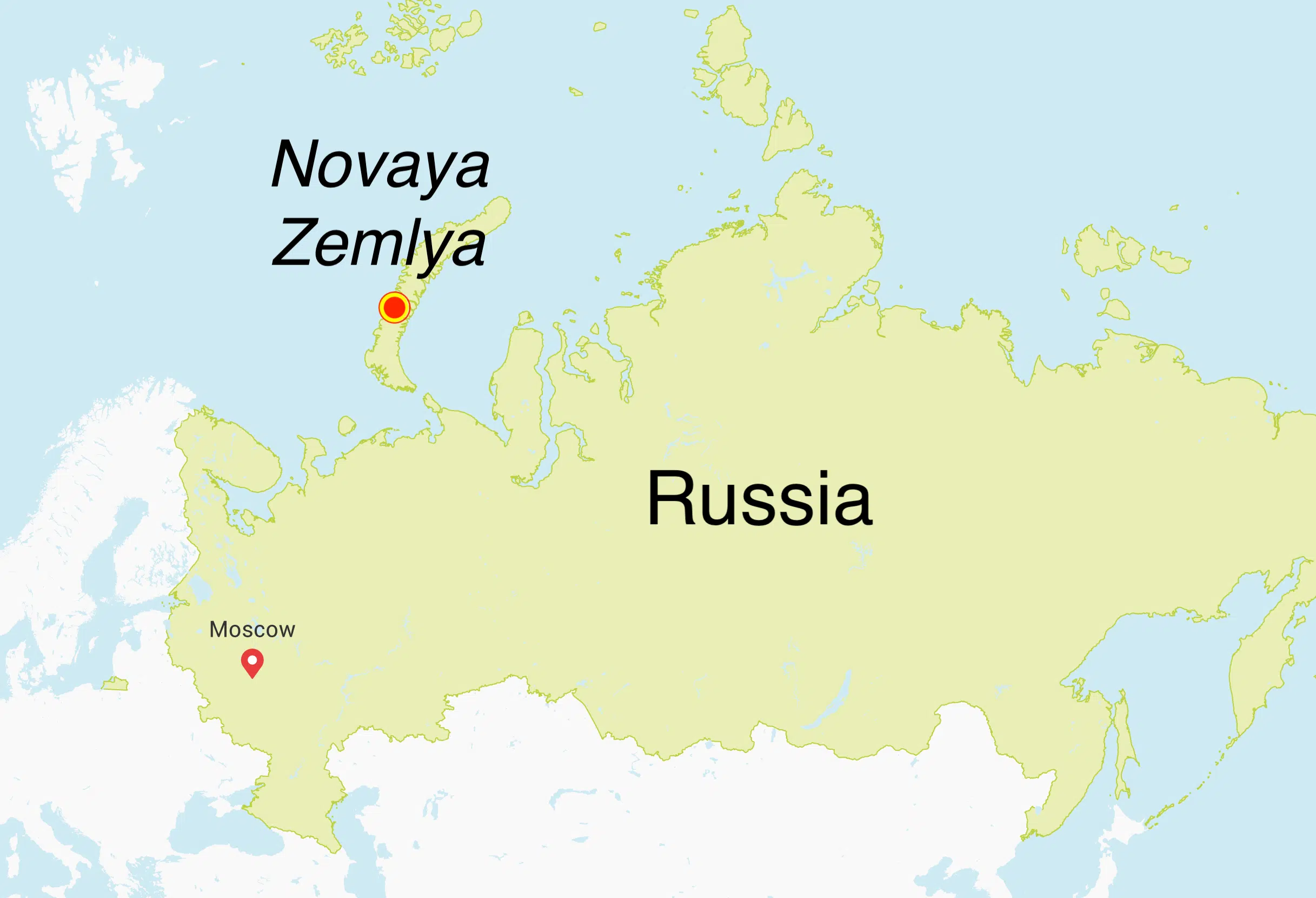
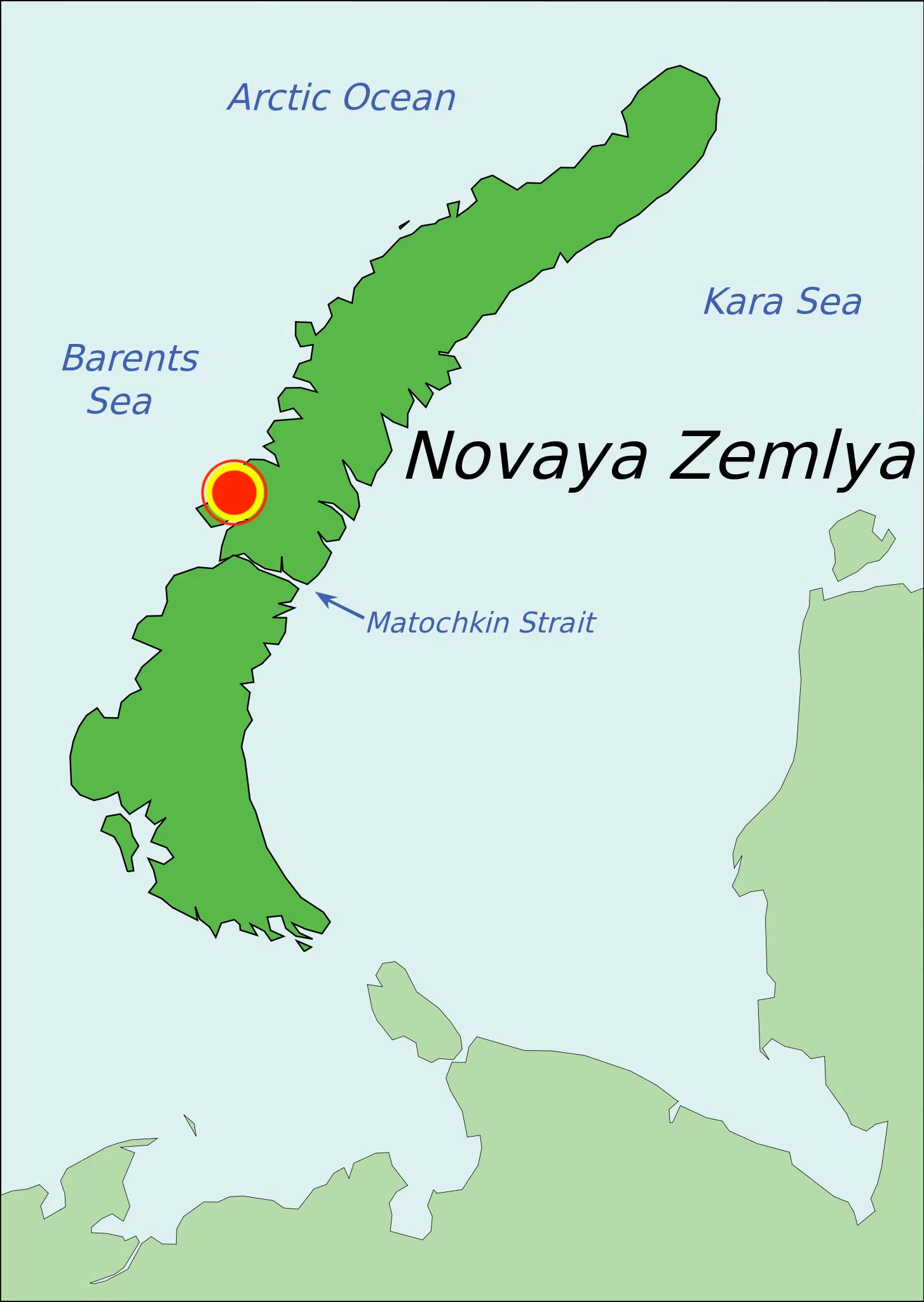
In the early hours of October 30, 1961, a bomber took off from an airstrip in northern Russia and began its flight through cloudy skies over the frigid Arctic island of Novaya Zemlya. Slung below the plane’s belly was a nuclear bomb the size of a small school bus—the largest and most powerful bomb ever created.
At 11:32 a.m., the bombardier released the weapon. As the bomb fell, an enormous parachute unfurled to slow its descent, giving the pilot time to retreat to a safe distance. A minute or so later, the bomb detonated. A cameraman watching from the island recalled:
A fire-red ball of enormous size rose and grew. It grew larger and larger, and when it reached enormous size, it went up. Behind it, like a funnel, the whole earth seemed to be drawn in. The sight was fantastic, unreal, and the fireball looked like some other planet. It was an unearthly spectacle! [1]
The flash alone lasted more than a minute. The fireball expanded to nearly six miles in diameter—large enough to include the entire urban core of Washington or San Francisco, or all of midtown and downtown Manhattan. Over several minutes it rose and mushroomed into a massive cloud. Within ten minutes, it had reached a height of 42 miles and a diameter of some 60 miles. One civilian witness remarked that it was “as if the Earth was killed.” Decades later, the weapon would be given the name it is most commonly known by today: Tsar Bomba, meaning “emperor bomb.”
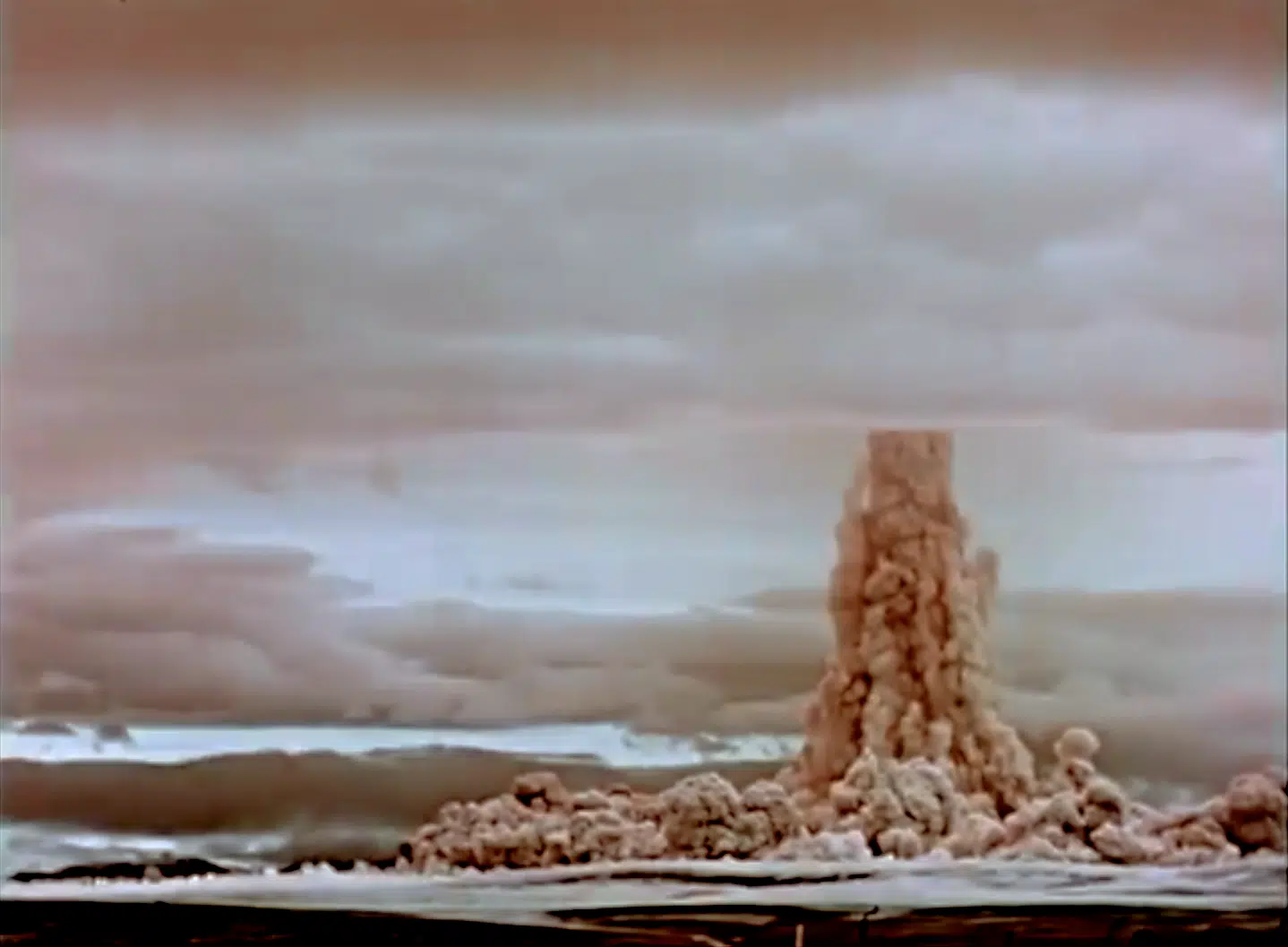
Designed to have a maximum explosive yield of 100 million tons (or 100 megatons) of TNT equivalent, the 60,000-pound monster bomb was detonated at only half its strength. Still, at 50 megatons, it was more than 3,300 times as powerful as the atomic bomb that killed at least 70,000 people in Hiroshima, and more than 40 times as powerful as the largest nuclear bomb in the US arsenal today. Its single test represents about one tenth of the total yield of all nuclear weapons ever tested by all nations.[2]
At the time of its detonation, the Tsar Bomba held the world’s attention, largely as an object of infamy, recklessness, and terror. Within two years, though, the Soviet Union and the United States would sign and ratify the Limited Test Ban Treaty, prohibiting atmospheric nuclear weapons testing, and the 50-megaton bomb would fall into relative obscurity.
From the very beginning, the United States sought to minimize the importance of the 50-megaton test, and it became fashionable in both the United States and the former Soviet Union to dismiss it as a political stunt with little technical or strategic importance. But recently declassified files from the Kennedy administration now indicate that the Tsar Bomba was taken far more seriously as a weapon, and possibly as something to emulate, than ever was indicated publicly. And memoirs from former Soviet weapons workers, only recently available outside Russia, make clear that the gigantic bomb’s place in the history of Soviet thermonuclear weapons may be far more important than has been appreciated. Sixty years after the detonation, it’s now finally possible to piece together a deeper understanding of the creation of the Tsar Bomba and its broader impacts.
The Tsar Bomba is not just a subject for history; some of the same dynamics exist today. It is not just the story of a single weapon that was detonated six decades ago, but a parable about political posturing and technical enablement that applies just as acutely today. In a new era of nuclear weapons and delivery competition, the Tsar Bomba is a potent example of how nationalism, fear, and high-technology can combine in a fashion that is ultimately dangerous, wasteful, and pointless.

Hiroshima: 15 kt

Nagasaki: 20 kt

B83 (largest currently deployed US warhead): 1.2 MT
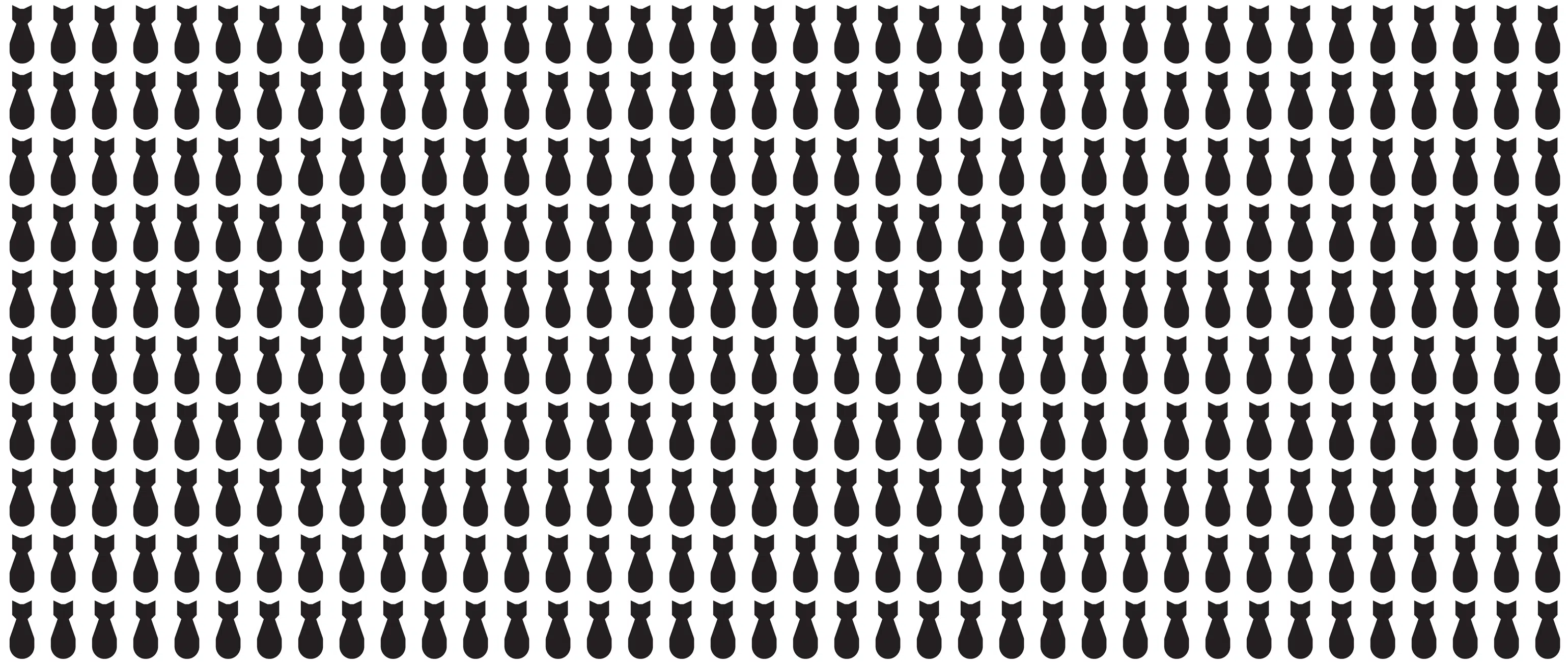


RDS-37: 1.6 MT




Castle Bravo: 15 mt





































Tsar Bomba: 50 mt





























































































































From kilotons to megatons to gigatons
Even before the first atomic bomb was built, scientists in the United States had conceived of an even larger weapon, the “Super,” which would use the energy of a fission bomb to power nuclear fusion reactions in the heavy hydrogen isotopes deuterium and tritium—resulting in a much more powerful weapon than one fueled by fission alone. Such a weapon, they reasoned, could be scaled up to the megaton range, a thousand-fold increase over the kiloton weapons they were contemplating for World War II. Los Alamos researchers were doing calculations on theoretical fission-ignited fusion bombs with yields of 100 megatons by October 1944.[3]
But making the first hydrogen bombs took a bit more time than that. Post-war attempts to rein in the arms race failed, and the Soviet Union detonated its first atomic bomb in 1949. By the end of that year, a tense debate over whether a crash H-bomb program was the proper response to the loss of the American nuclear monopoly had leaked into the public, giving rise to speculation about the vast damage that could be caused by still-hypothetical megaton weapons. It was easy to apply scaling laws to see what the damage would be from such weapons. The 20-kiloton “Fat Man” bomb used against Nagasaki, for example, could devastate the downtown area of a large American city like San Francisco, Los Angeles, or New York. A single 10-megaton bomb, though, could destroy entire metro areas, subjecting over a thousand square miles to a crushing blast wave and searing heat, easily producing casualties in the millions. The radioactivity produced would also be multiplied many hundreds of times, creating the possibility of vast contamination.
By the spring of 1951, Edward Teller and Stanislaw Ulam at Los Alamos had developed their design for a workable hydrogen bomb. The idea was superficially simple: Use the radiation of an exploding fission bomb (the “primary”) to compress a special capsule that contained both fusionable and fissionable materials (the “secondary”). A proof-of-concept device (“Sausage”) was tested in November 1952, achieving an explosive yield of 10 megatons. A more compact, weaponized version (“Shrimp”) was detonated in March 1954 in the Castle Bravo test, achieving a much higher yield than anticipated (15 megatons, or 1,000 times as powerful as the bomb dropped on Hiroshima) and surprising the scientists with more radioactive fallout than expected (which required the evacuation of occupied atolls downwind from the Marshall Islands test site).
Only a few months later, in July 1954, Teller made it clear he thought 15 megatons was child’s play. At a secret meeting of the General Advisory Committee of the Atomic Energy Commission, Teller broached, as he put it, “the possibility of much bigger bangs.” At his Livermore laboratory, he reported, they were working on two new weapon designs, dubbed Gnomon and Sundial. Gnomon would be 1,000 megatons and would be used like a “primary” to set off Sundial, which would be 10,000 megatons. Most of Teller’s testimony remains classified to this day, but other scientists at the meeting recorded, after Teller had left, that they were “shocked” by his proposal. “It would contaminate the Earth,” one suggested. Physicist I. I. Rabi, by then an experienced Teller skeptic, suggested it was probably just an “advertising stunt.”[4] But he was wrong; Livermore would for several years continue working on Gnomon, at least, and had even planned to test a prototype for the device in Operation Redwing in 1956 (but the test never took place).[5]
All of which is to say that the idea of making hydrogen bombs in the hundreds-of-megatons yield range was hardly unusual in the late 1950s. If anything, it was tame compared to the gigaton ambitions of one of the H-bomb’s inventors. It is hard to convey the damage of a gigaton bomb, because at such yields many traditional scaling laws do not work (the bomb blows a hole in the atmosphere, essentially). However, a study from 1963 suggested that, if detonated 28 miles (45 kilometers) above the surface of the Earth, a 10,000-megaton weapon could set fires over an area 500 miles (800 kilometers) in diameter. Which is to say, an area about the size of France.[6]
The bomb’s physical dimensions would be gigantic: It would weigh 24–26 tons, with a length of 26 feet and a diameter of over 6 feet.
The Soviet Union had been interested in the Super for about as long, having received espionage information about the early American thermonuclear effort. The Soviets appear to have made their own path to the hydrogen bomb, though, first pursuing a single-stage design (“Sloika,” a reference to a layered pastry), tested in 1953, that could “only” be detonated at about half a megaton (though sub-megaton, it would still be 25 times as explosive as the Nagasaki bomb, and capable of killing millions if used on a major metropolis). In the spring of 1954, Andrei Sakharov, Yakov Zeldovich, and Yuri Trutnev, along with other Soviet physicists, developed their own version of a staged thermonuclear weapon, called RDS-37. The details of this are still somewhat cloudy, but it appears to have been a genuinely indigenous development, and it resulted in the test of a megaton-range weapon in 1955.[7]
As in the United States, there were those in the Soviet Union who immediately began thinking of “bigger bangs.” In late 1955, Avraamiy P. Zavenyagin, a KGB general who was a minister of the nuclear program, proposed scaling up the program’s new H-bomb to a massive size. It would be nothing fundamentally innovative—the same RDS-37 design but with a lot more fuel, to produce a yield in the “many tens of megatons”; one document suggests 20-30 megatons. Work began on the weapon, dubbed RDS-202, in 1956, with design calculations made at Chelyabinsk-70 (the Soviet equivalent of the Livermore weapons laboratory) and procurement orders issued for the necessary materials.
The bomb’s physical dimensions would be gigantic: It would weigh 24–26 tons, with an eventual length of 26 feet (8 meters) and a diameter of over 6 feet (2 meters). Making the parts of such an oversized weapon proved almost beyond the capabilities of existing machine shops. The largest, front part of the casing alone required a “parquet” approach in which 1,520 smaller elements were welded together, and the casting of the internal spherical shapes required new manufacturing techniques.
But acting rapidly, the scientists and technicians had the bomb ready for testing in the fall of 1956 (Sakharov himself signed off on its warhead design). However, uncertainties about the possible effects of such a large weapon—and the scientists’ inability to reliably predict meteorological conditions that would affect both the distance of the blast effect and the fallout—led Soviet officials to postpone the test until additional studies could be done, which would end up taking years. Zavenyagin himself died on the last day of 1956, and, with him, so apparently did RDS-202. In March 1957, the Soviet government ordered that the project be put in long-term storage, and in 1958 decided to dismantle and recycle all the pieces of it. All that would remain in storage was the massive casing, which had been painstakingly engineered for its unusual ballistic properties.[8]
Meanwhile, Soviet thermonuclear weapons design began to improve dramatically. Two young physicists at Arzamas-16 (the Soviet Los Alamos), Yuri Trutnev and Yuri Babaev, developed what they called a “new principle” for staged thermonuclear weapons. Project 49, as it was called, focused on optimizing the transfer of energy from the bomb’s primary to its secondary. This, coupled with better primaries and secondaries, allowed for a much more efficient warhead, capable of getting much bigger “bangs” out of a given weight and volume of material. Their new bomb design was finally tested in February 1958, with great success. Igor Kurchatov, the famed “father of the Soviet atomic bomb,” reported that year to the Congress of the Communist Party that now the Soviet Union had “even more powerful, more advanced, more reliable, more compact and cheaper atomic and hydrogen weapons.”[9]
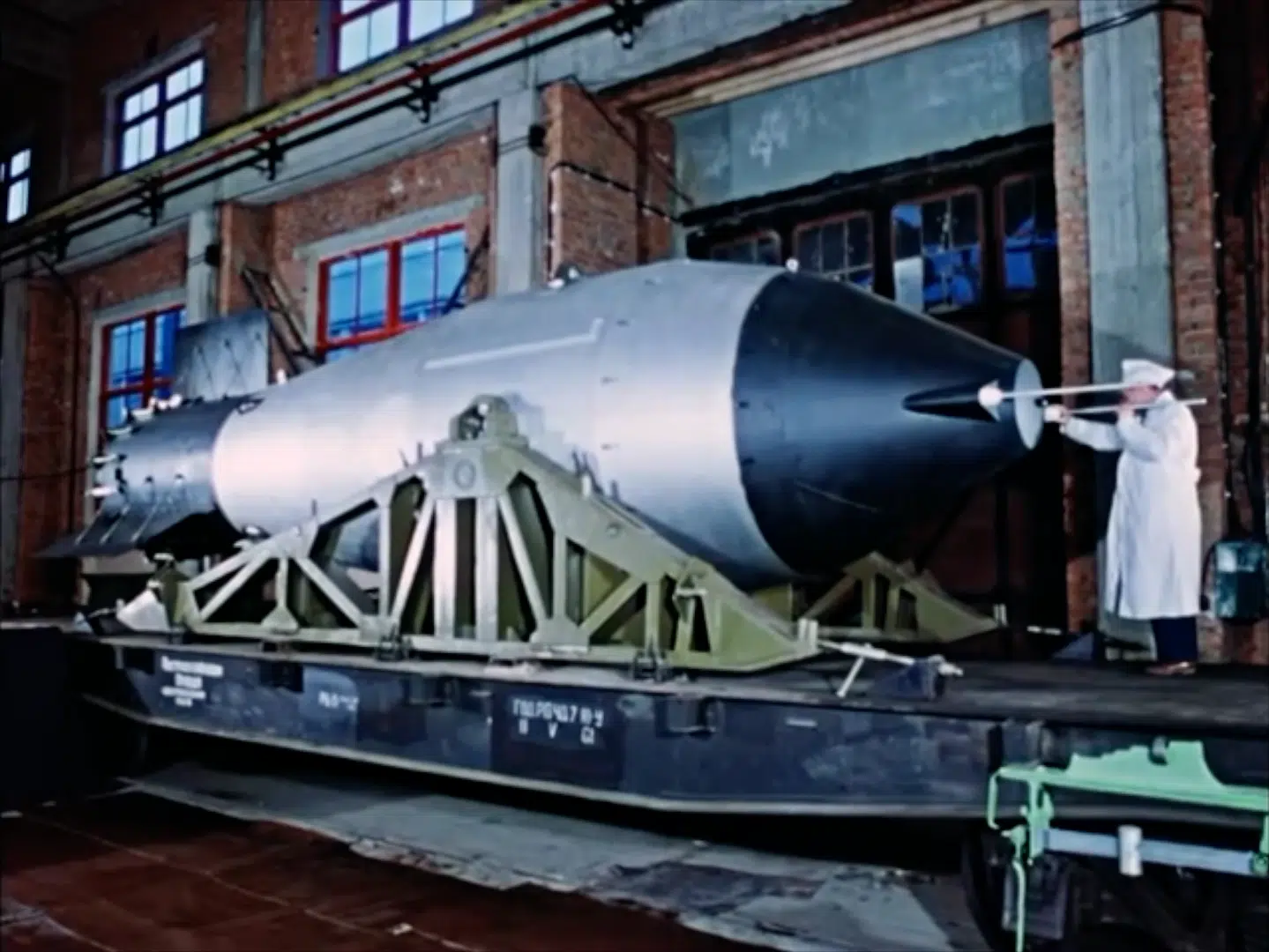
Planning for a 100-megaton bomb
By the end of 1958, both the United States and the Soviet Union would agree to a voluntary Test Ban Moratorium. Their stockpiles would still grow, but innovation in the arms race—at least when it came to the warheads—was deliberately stifled by the lack of nuclear testing. This would continue until 1961, when Soviet Premier Nikita Khrushchev decided, at last, that Soviet nuclear testing should resume.
Khrushchev would claim, in his memoirs, that he was pressured by the scientists and the military to resume testing.[10] But it is also clear from those around him that he felt the need to look tough to the world—and to the newly inaugurated President John F. Kennedy, whom Khrushchev judged weak. And the real instigator would be the crisis in Berlin, which was coming to a head in 1961, and would only be resolved with the construction of the city’s notorious wall toward the end of the year.
The Soviet Union was also, it should be noted, in a somewhat precarious strategic position. The Red Army was huge and vast, and its nuclear arsenal was rapidly growing, but its delivery vehicles did not allow it to threaten the United States homeland directly and credibly. The Soviets could threaten by proxy, to be sure. But the United States had a many-fold advantage in nuclear weapons, many of them ringed around the Soviet borders. The Soviet Union had tested its first ICBMs, but there were scarcely any deployed. These same tensions would, in a few years, lead Khrushchev to base missiles in Cuba, but prior to that they made Khrushchev desperate to appear tough.
“Let the 100-megaton bomb hang over the capitalists like a sword of Damocles!”
On July 10, 1961, Khrushchev summoned the nuclear scientists from Arzamas-16 to the Kremlin, where he told them about his plan to resume testing that fall. Andrei Sakharov argued that further testing was unnecessary; Khrushchev was furious at his impertinence and snapped: “Sakharov, don’t try to tell us what to do or how to behave. We understand politics. I’d be a jellyfish and not Chairman of the Council of Ministers if I listened to people like Sakharov!”[11]
Exactly how the idea of the 100-megaton device came up at this meeting is not entirely clear from the accounts, but it sounds like Khrushchev asked the scientists for proposals for future tests, and somebody (some authors say it was Trutnev) proposed that they build and detonate a 100-megaton bomb. Khrushchev seized upon the idea, reportedly announcing: “Let the 100-megaton bomb hang over the capitalists like a sword of Damocles!”[12]
Later Russian accounts by participants claim Arzamas-16 scientists had been inspired, in part, by speculations about gigantic, gigaton-range bombs in the foreign press in May 1960. The physicist and designer Victor Adamski said that Sakharov and others tried to immediately assess the plausibility of the news reports, and came up with the schema that was ultimately used for the Tsar Bomba. They had initially apparently planned to design a smaller experiment, but they had somehow come across the preserved casing from the aborted RDS-202 bomb from 1956. The vastness of it apparently inspired them to go for a full-size test. But unlike the 1956 plan, they would use the newest Project 49 insights in developing this new bomb, making it far more sophisticated than a simple scaling-up of an old design; it would be over twice as powerful as RDS-202, despite being the same dimensions and weight.[13] Sakharov, in his memoirs, said he had been thinking about “the initiative,” as he called it, well before any formal request was made. It was not just about the megatonnage for its own sake; it would need to be “an absolute record,” so that, perhaps, it would be the last series of atmospheric tests ever requested.[14]
The 100-megaton bomb would be known internally as Project 602. The speed of its development is beyond impressive in retrospect: In a mere four months, the team would have to develop an entirely new weapon design for a totally untested yield range; build the device and fabricate the fissionable and fusionable material into the correct shapes; and devise a plan to safely test it. Sakharov would manage the whole project, with Trutnev and Babaev doing much of the design work, along with the young physicists Victor Adamski and Yuri Smirnov. Little has been released about the details of the design, but a few years ago two longtime participants in the Soviet and Russian nuclear programs revealed that it was what they called a “bifilar” design: There was a “main” thermonuclear unit in the center, with two “primaries” imploding it from either side (with a time difference between the two detonations of no more than 0.1 microseconds).[15] This seems plausible given the documentary photographs of the bomb released by Russia after the Cold War, which definitely show one very compact “primary” bomb at the front end of the case, and hint at another at the back of the case. If this is true, it suggests that the 100-megaton bomb design was quite different from most thermonuclear weapons; there has never been a report of any American bombs, for example, that use multiple, simultaneous primaries.
Another Soviet weapons scientist, Leonid Feoktistov, from the rival Chelyabinsk-70 laboratory (which engineered the ballistics of the bomb), reported disappointment when he later looked at the warhead design: “It soon became clear that we are not talking about some kind of super-discovery, but just about an increase in weight and size.” Adamski, Smirnov, and Trutnev would disagree with this assessment entirely: “The bomb’s design was far from simple. Although it was based on already well-known principles, many things could have happened, including a failure to achieve the desired explosive yield. But our specialists made it so that the bomb went off flawlessly.”[16]
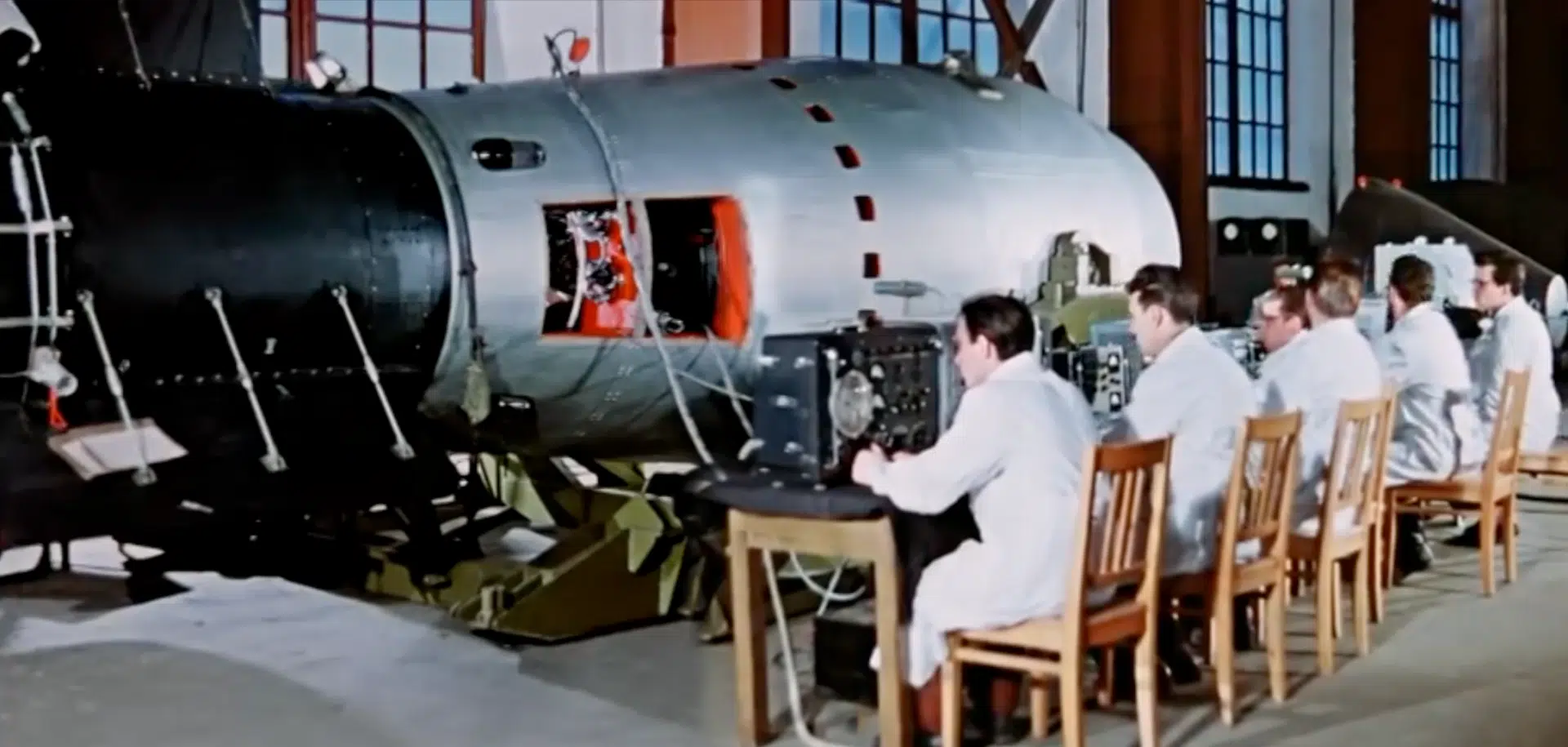
At the last minute, there were uncertainties about the design. Evsei Rabinowich, a colleague of Sakharov’s, had decided that the design would not work as planned. Sakharov disagreed. “Unfortunately,” Sakharov later recalled in his memoirs, “we lacked the mathematical tools I needed to prove this (partly because we had departed from precedent in our drive for a more powerful device).” In the end, Sakharov made “some changes” in the design, to minimize the margin of error, which were implemented only days before the test.
Sakharov also made one major change to the test plan. Even though the test bomb was a 100-megaton design, it would not be a 100-megaton detonation. In most thermonuclear weapons designs, at least half the yield comes from a final stage in which non-fissile atoms of uranium 238 are induced to fission by the high-energy neutrons produced by deuterium-tritium fusion reactions. Replacing the uranium 238 with an inert substance, in this case lead, would make the weapon half as powerful (50 megatons), and it would release far less fallout in the form of fission products.
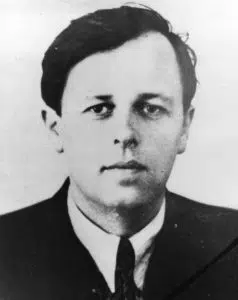
Sakharov was already queasy about the long-term deaths from nuclear fallout, and he wanted to minimize the excess radioactivity produced by the test. In 1958, he had calculated that for every megaton of even “clean” nuclear weapons, there would be some 6,600 premature deaths over the next 8,000 years across the globe, owing to carbon atoms in the atmosphere that would become radioactive under the bomb’s neutron flux.[17]
A few thousand deaths—even the 660,000 that he thought would be the result of a 100-megaton test—would be a tiny amount compared with the billions who would live and die over those millennia, but they were still deaths Sakharov considered himself partially responsible for. Had he not reduced its yield by half, the 100-megaton bomb would have contributed about half as many fission products as were released by all nuclear tests prior to the test moratorium. As it was, even a bomb that was only 3 percent fission wasn’t exactly clean in an objective sense—as it still released almost two megatons of fission products. But in a relative sense (comparing fission yield to total yield), it was one of the cleanest nuclear weapons ever tested. Again, Sakharov would later state that he believed that if this worked, it could essentially end atmospheric nuclear testing: The Soviets would be able to “squeeze everything out of this [testing series] so that it would be the last one.”[18]
In August 1961, Khrushchev summoned scientists to a secret meeting at the Kremlin. A colonel stationed at Arzamas-16 was tasked with bringing a wooden dummy of the massive bomb—considerably scaled down, but still large enough that it required several officers to bring it into the conference room. He later reported that, as the scientists briefed Khrushchev, the Soviet leader “stroked the polished surface of the model for a long time, and looked at the superbomb with drunken eyes.” The colonel speculated that perhaps Khrushchev believed the bomb “gave him unprecedented power over the world.”[19]
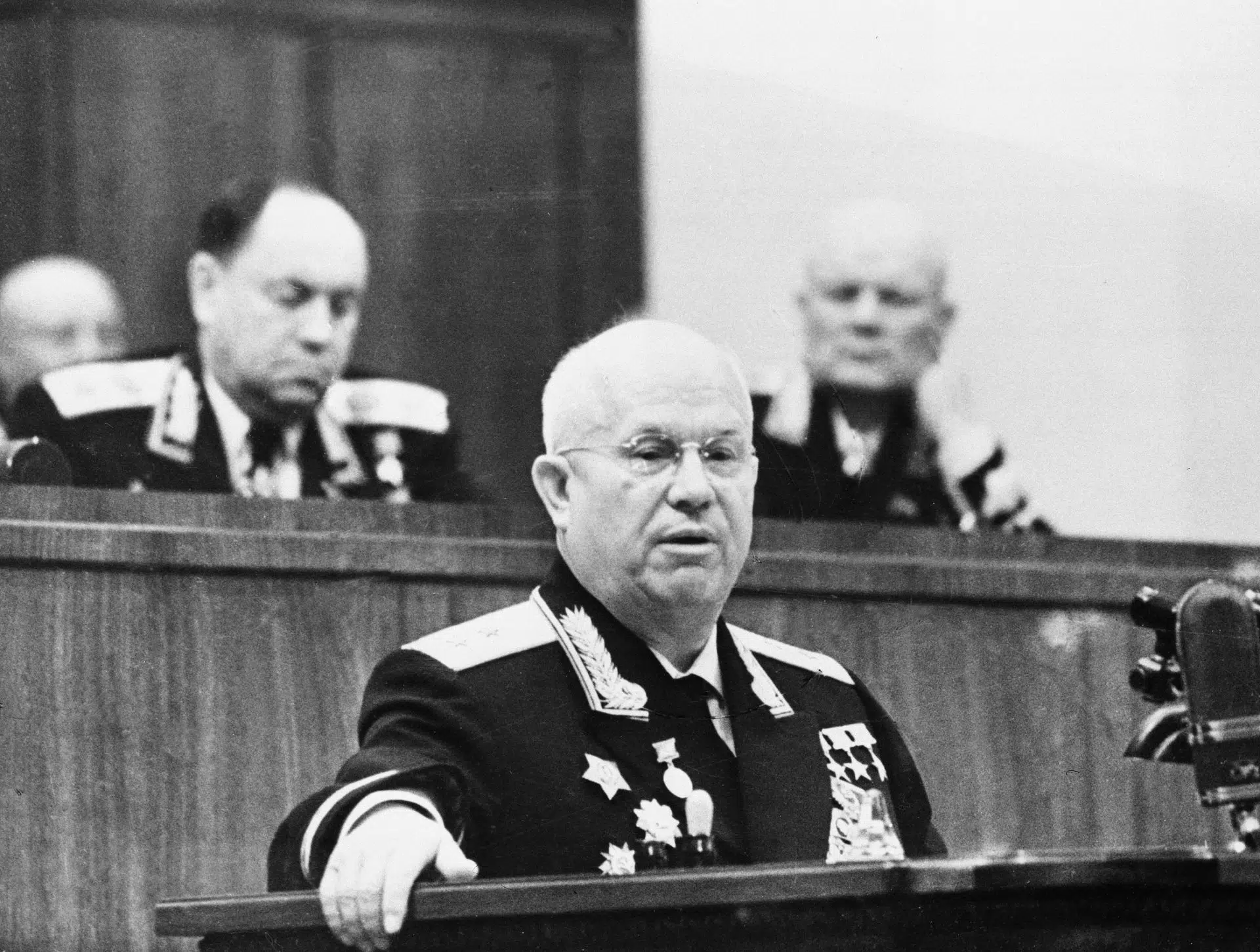
Announcing the test, denouncing the test
On August 30, 1961, the Soviet Union issued a statement that it was abandoning the test moratorium. It, of course, blamed the United States, claiming the Americans were on the threshold of starting up nuclear testing underground, and emphasizing the defensive nature of the Soviet arsenal. The statement also referred to big bombs: “The Soviet Union has worked out designs for creating a series of superpowerful nuclear bombs of 20, 30, 50, and 100 million tons of TNT.” But it did not yet directly threaten to test weapons of such high yields.[20]
The response from Kennedy and others was predictably negative (according to one advisor who was there, the president’s first reaction was “unprintable”).[21] The Kennedy administration then agreed that the United States, too, would resume nuclear testing. The tests the Atomic Energy Commission (AEC) had ready to go were low-yield underground tests, which the White House thought might “invite such adverse comment” when compared to the larger Soviet tests “as to be unacceptable.” But AEC Chairman Glenn Seaborg managed to convince Kennedy that it was a bad idea to try to immediately test larger devices, and the White House would later use this fallout-free series of tests as a contrast to the multi-megaton Soviet test series.[22]
The Soviet hints of 100-megaton bombs provoked furious speculation in American newspapers, which reported unattributed sources saying that the United States could, if it wanted to, build and test 100-megaton weapons of its own, but that it chose not to. Some American scientists chimed in that weapons of such size were “too big” to be practical—that such a weapon would be strategically pointless. The argument, which would come up again and again in discussion of these bombs, was based on the way in which blast damage scales with yield. A 100-megaton bomb releases 10 times more energy than a 10-megaton bomb, but it does not do 10 times more damage. This is because the blast effects of explosions scale as a cubic root, not linearly. So a 10-megaton bomb detonated at an optimal altitude might do medium damage to a distance of 9.4 miles (15 kilometers) from ground zero, but a 100-megaton bomb “only” does the same amount of damage to 20.3 miles (33 kilometers). In other words, a 100-megaton explosion is only a little more than twice as damaging as a 10-megaton bomb. The weight of nuclear weapons, though, does roughly scale with their yield in a more linear fashion (design sophistication can vary this a bit), so a 100-megaton bomb weighs roughly 10 times more than a 10-megaton bomb, which makes it much more difficult to deploy on a bomber or missile.
The details can get much more complicated, depending on which effects one looks at (thermal radiation scales much better than blast damage), but the point that would be repeatedly made is that it is easier to deploy multiple lower-yield weapons than to deploy more massive weapons (and it is worth noting the absurdity of considering even one-megaton weapons, capable of utterly destroying most cities and many of their suburbs, to be “lower-yield”).
In late August 1961, John McCloy, director of the US Disarmament Commission, reported publicly that, in a meeting with Khrushchev, the Soviet premier had said that they would need to test a 100-megaton weapon to learn whether their design worked. Soon after, the White House issued a statement denouncing Soviet testing plans and arguing that Soviet “threats of massive weapons” would not be able to “intimidate the world.” The White House recalled its representative from nuclear-testing negotiations in Geneva, and further talking points given to newspapers denounced talk of the giant bomb and its possible testing as “atomic blackmail” and “terrorism.” As Soviet nuclear testing began at the start of September, the protests continued. The Soviet test series was vigorous, with multiple tests per week, and yields ranging from less than a kiloton upward to a 12.5-megaton bomb by mid-October.
Finally, in his introductory speech to the Convocation of the 22nd Congress of the Communist Party of the Soviet Union on October 17, Khrushchev made public his plan for the Tsar Bomba:
Since I have digressed from the prepared text, I might as well say that the testing of our new nuclear weapons is going on very successfully. We shall complete it very soon—probably by the end of October. We shall evidently round out the tests by exploding a hydrogen bomb equivalent to 50 million tons of TNT. (Applause.) We have said that we have a bomb as powerful as 100 million tons of TNT. And we have it, too. But we are not going to explode it, because, even if exploded in the remotest of places, we are likely to break our own windows. (Stormy applause.) We will therefore not do it yet. But by exploding the 50-million bomb, we shall test the triggering device of the 100-million one. However, God grant, as people said in the old days, that we never have to explode those bombs over any territory. That is our fondest dream! (Stormy applause.) [23]
The world response was immediate. The United States, of course, immediately denounced the plan as unnecessary: Even the development of 100-megaton bombs did not require a test of 50 megatons in strength, and the fact that the Soviets were doing it anyway “could only serve some unconfessed political purpose.” Newspapers picked up that the bomb would be tested around Halloween (a holiday not celebrated in the Soviet Union), and several editorial cartoons depicted Khrushchev in appropriate garb: on a broomstick, sprinkling fallout from a giant bomb; or as a trick-or-treater with a massive bomb in his bag of candy. By October 27, the United Nations had passed a resolution that “solemnly appealed” to the Soviet Union to refrain from testing a 50-megaton bomb.
All of this, of course, fell on deaf ears. The plan had been to test the “superbomb” since July, and the scientists at the Soviet weapons laboratories had finally prepared the warhead and its ungainly ballistic casing. These were assembled and shipped via a special railcar to northern Russia, where they were hung underneath a Tu-95V bomber that had been painted white to better reflect the thermal radiation of the blast. All the while, cameramen filmed the work, to create a documentary for Khrushchev to later show Communist Party officials and to impress foreign visitors (the 30-minute, top-secret film, “Testing of a clean hydrogen bomb with a capacity of 50 million tons,” was finally released by Rosatom a few years back).[24]
Shots of the actual Tsar Bomba detonation and mushroom cloud collated from the previously secret Soviet documentary released by Rosatom in August 2020.
Sakharov and most of the weapons designers were not at the test, but they knew it worked because the detonation disrupted radio communications with the test site for 40 minutes. Despite being detonated low enough (about 13,000 feet) to be at risk of contacting the ground and creating significant local fallout, the blast wave “bounced” the fireball of the bomb upward. As a result, almost all the fallout shot into the stratosphere, where it would circle in the northern latitudes for years before coming down.
The global denunciation was, again, swift. Not yet knowing that the fission content of the bomb was deliberately reduced, the United States and others criticized the Soviet Union harshly for its contribution to global fallout. The White House said this was a political act, rather than a military one, and emphasized that such weapons did not change the balance of power: “There is no mystery about producing a 50-megaton bomb. … The United States Government considered this matter carefully several years ago and concluded that such weapons would not provide an essential military capability.”[25]
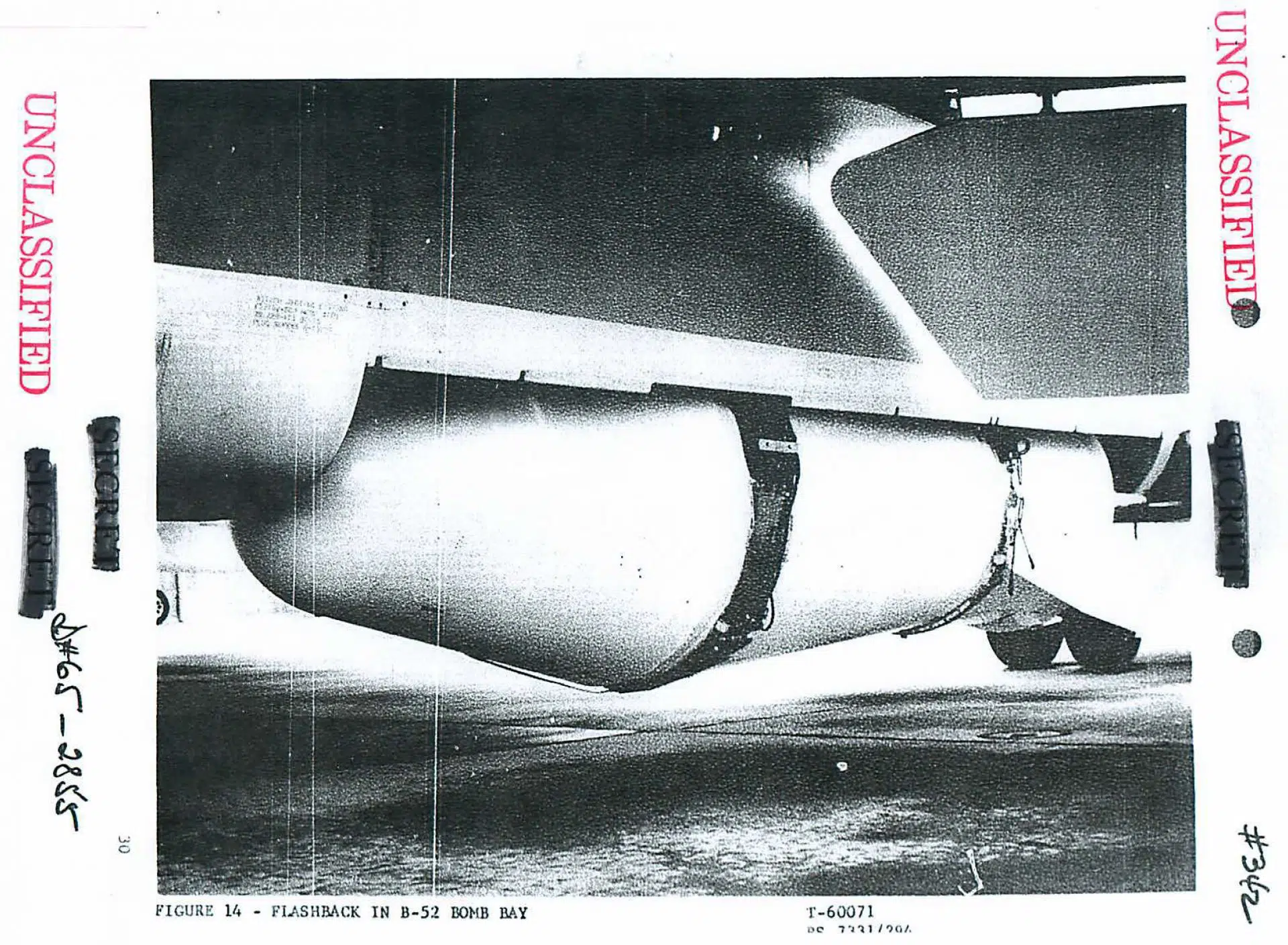
An American Tsar Bomba?
The Kennedy administration wasn’t bluffing about its ability to produce a 50-megaton bomb. As already discussed, the United States had been looking at weapons in the 10- to 100-megaton yield range for a long time and had even contemplated weapons in the gigaton range.
The closest the United States had previously come to weapons in what they called the “very high-yield” category came in the late 1950s, when Strategic Air Command (SAC) pushed vigorously for a 60-megaton bomb. Such a weapon was being eyed not only for its city-destroying powers (which would be substantive), but also for use in cracking open deeply-buried facilities—such as those within mountains, like the bunker the United States was then building at Raven Rock to ensure “continuity of government” in the event of nuclear war. General Thomas Power had designated this weapon as SAC’s top priority in 1957.[26] But its incredible size increase over other weapons in the US arsenal attracted internal criticism and scrutiny. In 1957, AEC Commissioner Thomas Murray appealed to President Eisenhower directly as to whether such a massively powerful weapon was necessary, and whether it was consistent with “moral law with regard to the moderate and discriminate use of force in warfare.” This prompted Eisenhower to commission a study from the Pentagon and AEC on the need for such a weapon, and they ultimately concluded that it was probably “not appropriate” to develop such a weapon, largely because they expected adverse publicity both domestically and internationally. They concluded, however, that the “moral aspects of using large weapons do not differ from the use of any weapon having mass destruction potential.”[27]
Despite this, SAC continued to push for the weapon, and expected it to be tested as part of Operation Hardtack in 1958. Eisenhower had, however, put a cap on total megatonnage for the test series (15 megatons, or 1,000 times more powerful than the bomb dropped on Hiroshima), and this scuttled the test.[28] Scientists at the Livermore weapons laboratory assured SAC that they could provide them with two versions of such a weapon without testing, if desired; the first would be a 25,000-pound bomb with a 60-megaton yield, the second a 22,000-pound bomb of 45-megaton yield.[29]
A few months after Sputnik, in 1958, the US Air Force Chief of Staff asked the AEC for a feasibility study of even larger weapons—between 100 and 1,000 megatons in yield. As an internal, once-secret Air Force history from 1967 reported: “The Air Staff concluded that it might be feasible but not desirable to use a 1,000-megaton weapon. Since lethal radioactivity might not be contained within the confines of an enemy state and since it might be impractical to even test such a weapon, the Air Force Council decided in April 1959 to postpone establishing a position on the issue.”[30] Let that sink in: These were weapons too large for even the Eisenhower-era Air Force.
The largest weapon that the United States would ever field was also developed during this same, heady period: the Mark 41 thermonuclear bomb, with a yield of “approximately 25 megatons.” The United States has never formally declassified the exact yield of the Mark 41. A Congressman first divulged the weapon’s high yield a few days before the Soviet test, to reassure America’s people and allies that the country had powerful weapons of its own, and that each B-52 bomber could carry around 50 megatons of firepower in two such bombs. Unnamed AEC spokesmen then confirmed that this yield was essentially accurate. One rare document, potentially erroneously declassified, lists the exact yield as 23 megatons.[31]
Details on the development of the Mark 41 are still highly classified, but it was apparently a three-stage weapon—the only such weapon ever fielded by the United States. It was never tested at its full strength. For the 1950s, this appeared, ultimately, to be all that the US military required. Work on such high-yield weapons seems to have been put on hold once the Test Moratorium began.
But when the Soviets announced their 100-megaton bomb and renewed testing, the old discussions of “very high-yield” weapons got a second wind. Shortly after Khrushchev first brought up the possibility of a 100-megaton test, Lt. General Austin Betts, the Deputy Director of Military Applications at the AEC, asked Los Alamos and Livermore to come up with estimates of what it would take to make an American weapon with a yield of 100 megatons. Within a week, he was given back-of-the-envelope estimates about the requirements for scaling up existing technology (like the Mark 41) to those yields, and how long it would take to field such a weapon.[32]
Even after denouncing the Tsar Bomba as pointless terrorism, there were scientists and military planners working for the US government who were considering nuclear weapons with yields 20 times larger.
On October 18, 1961, AEC Chairman Glenn Seaborg wrote a memo to President Kennedy outlining the possibilities. A 100-megaton bomb, he explained, would weigh about 30,000 pounds and would be 6 feet in diameter and 12 feet in length. A 50-megaton bomb might be smaller but would still be extremely heavy (between 20,000 and 25,000 pounds). If this effort was given the “highest priority,” they could have such a weapon in the US stockpile within six months to a year, but such an effort would interfere with other programs. A test would be necessary to ensure reliability, but this could be done at reduced yield (no more than 10 megatons). The AEC had no reason to believe, he concluded, that the Soviet Union could not deliver their own such weapons to American targets.[33]
A few days later, Seaborg met with weapons scientists to discuss building high-yield weapons. Betts initiated a discussion with Sandia National Laboratory over the feasibility of dropping weapons with yields of 30 or 50 megatons from a B-52, which would require using drogue parachutes to ensure the survival of the pilots. At the same time, a team of Livermore scientists got together to review the possibilities of a US return to nuclear testing. Along with ideas relating to more optimized designs and “clean” bombs deriving most of their yield from fusion, they were intrigued once again by Teller’s possibility of bigger bangs: “USSR high-yield tests have reawakened interest in high-yield testing by the United States. High-yield weapons (50 megatons to 1,000 megatons) should be reconsidered and re-evaluated for their possible military use.”[34] Again, let that sink in: Even after denouncing the Tsar Bomba as pointless terrorism, there were scientists and military planners working for the US government who were considering nuclear weapons with yields 20 times larger.
In early 1962, one scientist at the Sandia lab reported to his colleagues about this sudden interest in superbombs, noting dryly that the Soviet detonation had “started some thinking in this country that there must be a good application for these things that has escaped our attention… the military would like to see the development of a few [very high-yield] bombs and would even feel good if a few were in the stockpile even though no known targets justify such weapons.”[35]
Over the course of late 1961 through 1962, the United States itself engaged in a series of vigorous nuclear weapons tests. The first set, Operation Nougat (September 1961–June 1962), was underground at the Nevada Test Site, and featured only low-yield detonations (these were the tests that Kennedy had worried would be perceived as too small). The second, Operation Dominic (April 1962–October 1962) was a rapid series of over 30 nuclear detonations at Johnston Atoll and Kiribati in the Pacific Ocean. Dominic was the first series of atmospheric testing done by the United States since the end of the moratorium, and it involved a variety of activities, including testing new weapons concepts, detonating weapons in outer space, probing the electromagnetic pulse effect, and detonating the first fully “mated” system of a nuclear warhead and a launched missile.
While most of the Dominic tests were in the kiloton range, a few were megaton tests. Only one crept up to around 10 megatons; the United States prided itself, in press releases, on testing its warheads at less-than-full yield, to reduce fallout in the atmosphere. (The entire Dominic test series was about 40 megatons, less than the single Tsar Bomba shot.) Even though it does not appear that any of the Dominic shots were aimed at developing a 100-megaton bomb, several of the new designs did play key roles in the AEC’s thinking about “very high-yield” weapons. Notably, three of the tests were for a new, “revolutionary” weapons concept known as RIPPLE, developed at Livermore by weapons designer John Nuckolls. The details of RIPPLE are still classified, but it promised to get very high fusion yields out of relatively light packages by dramatically optimizing how the weapon produced nuclear fusion reactions.[36]
The vigorous 1962 testing series, and the barely avoided catastrophe of the Cuban Missile Crisis, appear to have put a damper on these discussions temporarily. But by December, AEC Chairman Glenn Seaborg reported to the Secretary of Defense, Robert McNamara, that the AEC was prepared to develop an American Tsar Bomba if ordered to. Seaborg divided the possibilities into three categories. The first was to scale up existing weapons, like the Mark 41, to higher yields. This would be very quick, but the weapons would be extremely bulky. The second option was to use the new RIPPLE concept, which would get lighter weights but place unusual constraints on volume (probably because the secondary in a high-yield RIPPLE device would be spherical). Finally, there were weapons concepts “yet to be proven feasible” that would potentially achieve “the ultimate high yield, low weight, and acceptable volumes.”[37] The AEC noted it would be possible—by diverting significant laboratory resources—to have devices ready to test by the end of 1963.
Much of the memo quoted above is still classified (though many versions of it exist, and some are less redacted than others), but there is one copy that contains some relevant technical information. Los Alamos had reported to Seaborg that they would be able within three years to build a 100-megaton bomb (of which some 20 to 30 megatons would be from fission, but “clean” options could be made as well) that would weigh 30,000 pounds and would be 23 feet long, with a diameter of 5.5 feet. Livermore claimed it could scale up a Mark 41 to high yields and have it weigh only 20,000 pounds, and it would only take one year. But Seaborg again cautioned that to pull any of this off would require a substantial investment of time and resources, and he would not do it without explicit direction from the president: “to produce high-yield weapons will require a scope of effort much larger than any previous AEC weaponization effort.”[38]
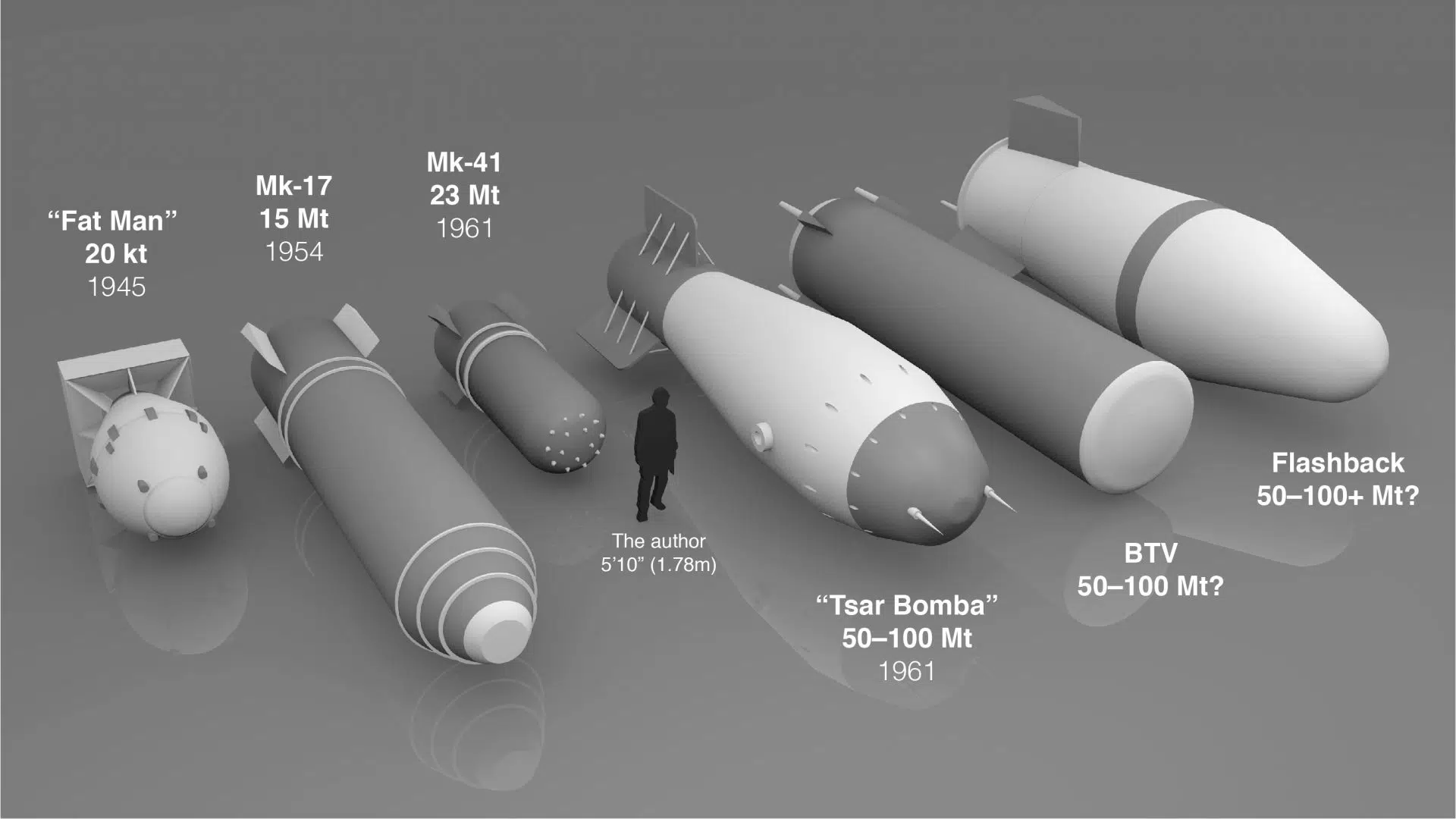
The Limited Test Ban Treaty
In 1963, the United States stood at a crossroads. Down one path was a new generation of “very high-yield” nuclear weapons with continued atmospheric nuclear testing. Down the other was the possibility of the Limited Test Ban Treaty, which would ban future atmospheric testing, effectively precluding the development of high-yield weapons.
Defense Secretary McNamara and the Joint Chiefs of Staff tentatively threw in their lot with the first path. In March 1963, McNamara established, and the Joint Chiefs concurred with, a formal development requirement for a “very high-yield” bomb that could be dropped from a B-52 bomber. “Specifically,” as Ross Gilpatric, the Deputy Secretary of Defense, outlined to Glenn Seaborg, “it is our desire to obtain the maximum yield possible compatible with the B-52 without requiring further nuclear tests.”[39]
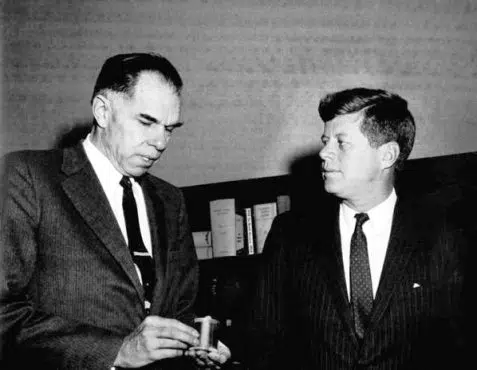
AEC Chairman Seaborg, though, seemed less eager—perhaps because of the aforementioned effort involved. Seaborg insisted that the president himself would have to be involved in this decision, because, he claimed, during the Eisenhower administration there developed an implicit policy that for weapons of such high yield, the labs and AEC would not work independently. Nonetheless, Seaborg duly reported that, according to the labs, the easiest high-yield bomb they could produce would be a scaled-up Mark 41, which would weigh (in the latest estimate) 35,000 pounds, with a 70-inch diameter, a length of 305 inches, and a yield of 50 megatons (but perhaps up to 65 megatons). This was roughly the maximum size that could fit into a B-52 bomb bay. The first production unit would not be ready until 1966, even if it was authorized immediately.[40]
Meanwhile, the AEC Director of Military Applications had started to look at one thorny, non-nuclear part of the project: the massive ballistic case for the weapon, the same issue that had caused the Soviets so much hassle. The case for some of the newer high-yield designs, as with Tsar Bomba, might be too large to fit inside the B-52.[41]
The same memo noted that Sandia had started to develop a new approach to testing known as “universal test vehicles,” or UTVs. These would have standardized ballistics and fuzing equipment that could deliver any warhead for testing purposes, so that test devices could be easily dropped from a plane even if they were still in early development. The original UTV would be the size of a B-53 bomb, quite large indeed, and capable of carrying any warhead that was at that time in the US arsenal. For weapons capable of carrying “very high yields,” however, an even larger test vehicle was being developed: the Big Test Vehicle, or BTV. It was the same size as the estimate Seaborg had given for a scaled-up, 50-megaton Mark 41: the largest size that could fit into a B-52. It required its own special transporter and looked like an immense cylinder.
Additionally, Sandia developed another vehicle that was even weirder, and perhaps more ominous: the Flashback Test Vehicle, intended for what was sometimes called Operation Flashback, and elsewhere called Project Breaker—an air-dropped gravity bomb casing so large it could not fit within a B-52 bomber. Like Tsar Bomba, it would be slung below the plane, half in the bomb bay and half out (with the bay doors removed). Project Breaker involved preparing to test a “very high-yield” warhead should atmospheric testing resume, initially on the argument that the US wanted it for its arsenal for use in the B-52 or the B-70 bomber.[42] By the mid-1960s, this argument was seen as not very convincing, and so the justification for Breaker shifted instead to measuring the effects of such a weapon for defensive purposes. The exact yield for Breaker, or why the warhead design anticipated for Flashback would be too large for even the expansive dimensions of the BTV, are unclear, but these two “Test Vehicles” give us a concrete look at what an American Tsar Bomba would have looked like, at least in its initial drafts.
But while the AEC was beginning to explore this pathway, complications came up. One was political. The White House had denounced the Tsar Bomba and high-yield atmospheric testing. When William Foster, the head of the Arms Control and Disarmament Agency, which was attempting to broker disarmament talks with the Soviets, got wind of the US feasibility studies for “very high-yield” weapons, he urged Seaborg to proceed with caution. If it became known publicly that these studies were happening, Foster wrote, there would be an “effect on our negotiating position, political and psychological, and the consistency of such a development with the principles and purposes of our nuclear capabilities, as set forth in Presidential and other statements.”[43] And indeed, at some point during this time period a restriction was put on the AEC prohibiting the development of weapons so large that their ballistic cases wouldn’t fit into existing airplanes, probably because the sight of such a thing would necessarily invite speculation (so to develop the Flashback Test Vehicle required express permission from the White House).[44]
The Limited Test Ban Treaty was beginning to take shape at this time, with a very real possibility that the United States and Soviet Union would agree to ban all atmospheric nuclear testing. Underground testing, which the United States had demonstrated in 1961, would continue. But underground testing is limited to relatively low yields: To avoid “venting,” the fireball must be entirely contained underground—and an enormous fireball would require an enormous hole in the ground. (To put it into perspective: The fireball for a 50-megaton weapon has a radius of about 3 miles. The deepest active mine in the world is 2.5 miles deep, and the deepest hole in the world is only about 4 miles deep. Even the world’s highest mountain is only 5.5 miles tall.)
The take-away, as the AEC advised the White House and Congress, was that while there was still much the AEC could do to improve its nuclear arsenal with underground testing, the one area it wouldn’t be able to gain much knowledge was in very high yields. Furthermore, eventually the Soviet Union would be able to catch up with US capabilities in lower-yield weapons. So it really was an either-or situation: The United States could have superbombs, or it could have a Limited Test Ban Treaty. It could not have both.
The military was not keen on the treaty option, but it must have been clear that Kennedy was leaning in that direction. The head of Strategic Air Command, Curtis LeMay, bluntly told Kennedy that he wanted a 100-megaton bomb but would accept the assurances of the AEC that a 50-megaton bomb could be developed without testing, and that he understood it would be to the nation’s “political disadvantage” if they did not ratify the treaty.[45]
Secretary of Defense McNamara would be called before Congress to defend the military implications of the treaty before they ratified it. He was emphatically in favor of it—the only area where the United States was not ahead of the Soviets in testing was “very high-yield” weapons, but he now argued that the United States had “no great interest” in those. It was a return to the public rhetoric that had proliferated after the first announcement of a 100-megaton test by the Soviets: Such weapons were wasteful and ridiculous. Lower-yield weapons, which were still quite powerful (a megaton or two is nothing to sniff at!), could be even more destructive if deployed in quantity. The security gained from a treaty that would not only reduce global fallout but would also guarantee a trend toward lower yields, would be worth anything that could be gained from multi-megaton tests.
But this was not truly the end of an American Tsar Bomba. A key part of the Limited Test Ban Treaty, for the first decade or so after it was signed and ratified, was a provision for “readiness” of testing. Should the Soviets break the treaty, the United States would be ready to immediately begin atmospheric nuclear testing—it wouldn’t be caught off-guard like it was when the Soviets ended the Test Moratorium. The Americans hoped this threat would make the Soviets think twice about breaking the treaty, and they began planning for tests that would shed light on things that were hard to study with underground detonations, like the electromagnetic pulse effect.
Someone wrote on the memo, “My guess is we could go slower on this.” But the test preparations went ahead anyway.
So even while the United States professed to not care about “very high-yield” weapons, it continued to study them well into the Johnson administration. The Department of Defense was secretly convinced that weapons in this range were “significantly superior” when it came to destroying very hard targets, like deep-underground bunkers.[46] The AEC seemed to go along with this, saying it could do underground tests that would elaborate some of the concepts involved (including in the low-megaton range, which would be quite difficult), and that they were trying to establish a “readiness” capability to test 50- to 100-megaton weapons within 90 days of being ordered to by the White House. White House advisor McGeorge Bundy bluntly asked Johnson whether this was a prudent requirement:
Is the requirement for research and development in the very high-yield area sufficiently urgent to justify tests in the megaton range at this time? Do we really need to have a 50-100 [megaton] device ready for test within 90 days if the Limited Test Ban Treaty should be abrogated? When could effects tests using these very high-yield devices actually be conducted since [the Department of Defense] has made no provision to fund these very expensive tests? [47]
Someone wrote on the memo, “My guess is we could go slower on this.” But the test preparations went ahead anyway. The aforementioned Big Test Vehicle (BTV) and Flashback Test Vehicle would be maintained for a decade and used in training exercises, so that if the time came, gigantic-yield warheads could be placed inside them for atmospheric testing.
But the Soviets never broke the Limited Test Ban Treaty, and smaller warheads became the norm. Warheads that could be mounted in multiples and independently targeted on a single missile, or put into submarines, became the core of the arsenal. Large, high-yield weapons would, eventually, be mostly phased out. The dismissal of the uselessness of the Tsar Bomba would become orthodoxy, as even the CIA (eventually) concluded that the Soviets were not going to field such a thing in numbers or try to put superbombs on missiles.
By 1968 the previous interest in high-yield bombs was quickly seeming irrelevant. With the United States bogging down in Vietnam, someone from Sandia suggested filling BTVs with gasoline and dropping them on the Vietnamese, with a blast capability equivalent to 20 tons of TNT.[48] Plans continued to test this idea through 1971. But by 1976, Sandia would, in its own way, celebrate the end of the “very high-yield” weapons era by giving the specialized BTV transporter to NASA, where it would be used to load parachute test vehicles for the Space Shuttle program.
The detonation of the Tsar Bomba did not lead to the immediate abandonment of further atmospheric nuclear tests. Sakharov was despondent that high-yield testing continued in the Soviet Union for another year, and credited this with his final falling-out with the Soviet nuclear complex.[49] But did Tsar Bomba, as has sometimes been claimed by Soviet designers, lead to the Limited Test Ban Treaty? In some ways, yes—the resumption of testing after the Test Moratorium and the obsession with high yields once again brought nuclear contamination to the forefront of the conversation. In other ways, no—the obsession with high-yield nuclear weapons was almost a stumbling block on the way to the treaty. Tsar Bomba has an ambiguous legacy.
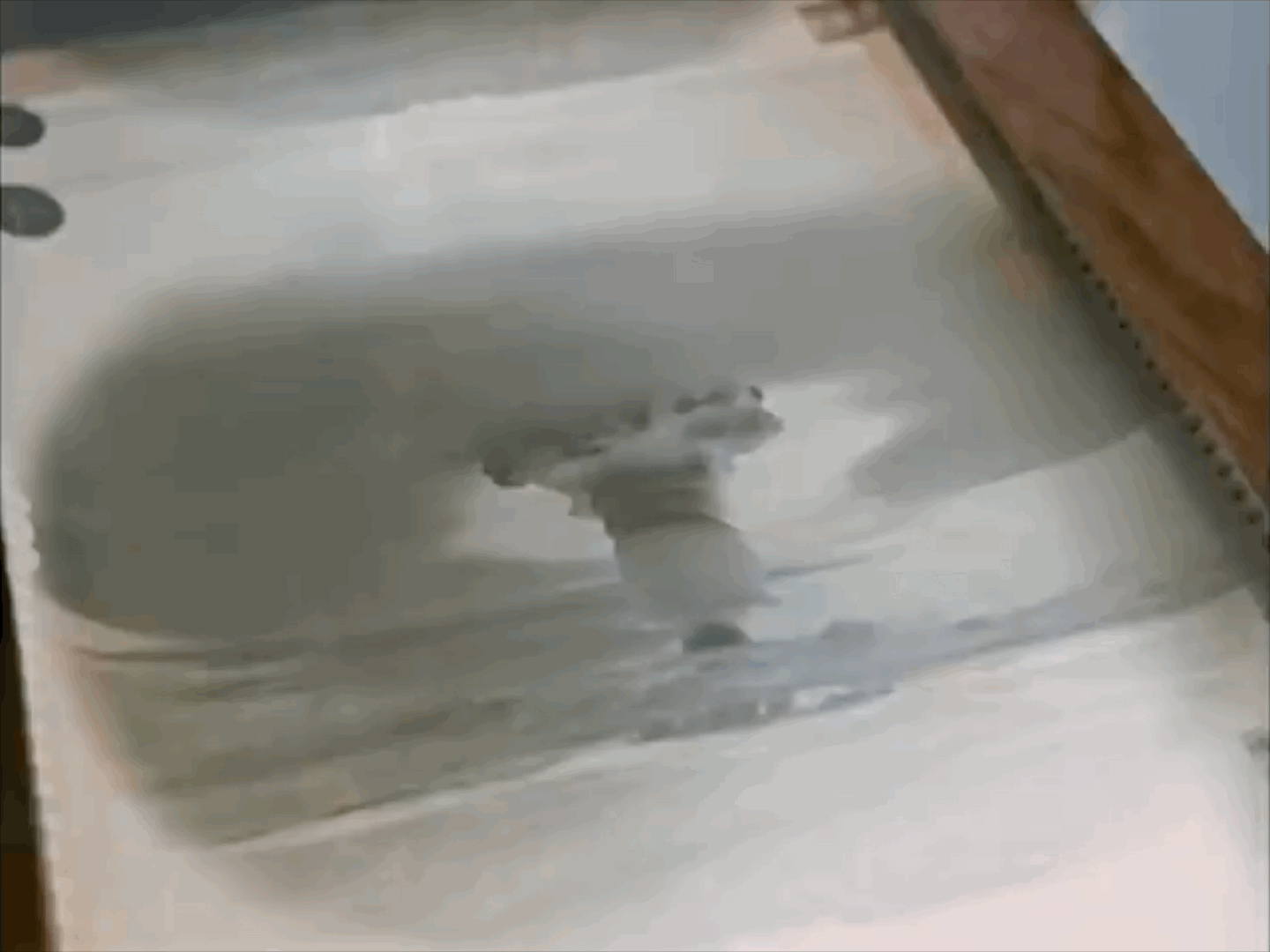
Ultimately, high-yield weapons were almost forgotten, re-entering the public consciousness only after the fall of the Soviet Union. It is unclear exactly who started calling the giant bomb the “Tsar Bomba,” a throwback to other impracticably large Russian creations (one source suggests it was Trutnev who proposed the name, when a museum exhibit about Soviet nuclear history was being put together in the early 1990s).[50] In its own day, the bomb didn’t have a consistent moniker. The US press mostly just called it the 50- or 100-megaton bomb, though sometimes they associated it with Khrushchev directly (e.g., the “K-bomb”). Today, Russian sources sometimes call it “Kuzkina mat”—Kuzka’s mother—after a Russian idiom (of obscure origins) that Khrushchev used in 1959 (“We’ll show you Kuzka’s mother!”). Sakharov himself referred to it in his memoirs as simply “the Big Bomb.”
Are the days of the 100-megaton bomb gone for good? One would hope so—though it has been speculated that the Russian Poseidon nuclear-powered drone-torpedo might carry some kind of “very high-yield” charge (reminiscent of a proposal Sakharov made after the successful Tsar Bomba test) as part of its attempt to maintain a credible (and terrifying) deterrence against US ballistic missile defenses. Such a weapon, detonated at sea level, would not only be incredibly devastating to a targeted port and the areas around it, but would, unlike the air-bursted Tsar Bomba, release a swath of deadly radioactive contamination that could cover hundreds of thousands of square miles.
But even if such weapons are now purely relegated to history, we should remember that the decision not to deploy them was not made because the Soviet Union and United States shied away from the shocking megatonnage. It was because massive bombs were harder to use, and something about them symbolized the ridiculousness of the arms race in a way that making thousands of “smaller” weapons (some as big as 20–30 megatons) did not.
The United States did not make 50- to 100-megaton bombs or gigaton bombs, but it made a gigaton arsenal: At its peak in 1960, the US stockpile was some 20,000 megatons, dispersed across tens of thousands of weapons. Even with trends toward miniaturization, it was not until the early 1990s that the US arsenal dropped beneath 5,000 megatons. Today it is probably around 2,000 megatons—more than enough to devastate the planet in a full-scale nuclear war.
The Tsar Bomba is dead; long live the Tsar Bomba. As the United States, Russia, and China seem to be engaged in new arms races in several domains, including unusual and new forms of nuclear delivery vehicles, the Tsar Bomba is a potent example of how nationalism, fear, and high-technology can combine in a fashion that is ultimately dangerous, wasteful, and pointless. “Very high-yield” nuclear weapons weren’t necessary for deterrence, and they were explored at the expense of not only other weapons systems, but also the multitude of other things that nations could spend their wealth and resources on. They didn’t bring safety or security.
Alex Wellerstein is an Associate Professor and Director of the Science and Technology Studies program at the Stevens Institute of Technology. His first book, Restricted Data: The History of Nuclear Secrecy in the United States, was published by the University of Chicago Press in April 2021.
Footnotes
[1] Vladimir Afanasyev, quoted in Vladimir Suvorov, Strana Limoniya (Soviet Russia Press, 1989), 124-125.
[2] The US would announce that the yield was potentially as high as 57 or 58 megatons, and the Soviets would at times publicly embrace that higher estimate as well, with Khrushchev indicating at times that it was bigger than hoped for. Internally, the Soviets seem to have concluded it was actually “just” 50 megatons. Internally, the CIA guessed it might be as high as 63 megatons — likely just a reflection of threat hype. Central Intelligence Agency, “The Soviet Atomic Energy Program,” National Intelligence Estimate 11-2A-63 (2 July 1963), 1. The difference between 50 and even 63 megatons, as this article indicates, is not as meaningful as it sounds, because of how damage scales with explosive yield. For more discussion of the yield question (and many other interesting details about the test), see Carey Sublette, “Big Ivan, The Tsar Bomb (‘King of Bombs’),” Nuclear Weapon Archive (3 September 2007), who notes pithily: “After the fall of the USSR…. these motivations to continue with inaccurate estimates disappeared.”
[3] James B. Conant to Vannevar Bush (20 October 1944), quoted in Chuck Hansen, The Swords of Armageddon, 2nd edn., volume II, (Sunnyvale, Calif.: Chukelea Productions, 1995, 2007), 16.
[4] R.W. Dodson, “Minutes to the 41st Meeting of the General Advisory Committee to the US Atomic Energy Commission,” (July 12–15, 1954). Many differently-redacted versions of this meeting exist, including two in the Nuclear Testing Archive, Las Vegas, NV (documents NV0411974 and NV0073403). The code-names Gnomon and Sundial are visible only on a copy in the Chuck Hansen papers at the National Security Archive at George Washington University.
[5] A Freedom of Information Act request by the author in 2015 obtained a few reports on Gnomon research at Livermore. By March 1955, there were at least 40 of them. Unfortunately, nearly every word in said reports, except for the date and number, were redacted by the National Nuclear Security Administration. On the testing during Redwing and its cancellation, see in particular B. Sussholtz to G.W. Johnson, “Tsunami Problem,” UCRL-ID-127830 (8 December 1955), which mentions a projected 60-megaton test on page 5.
[6] Thomas O. Passell, “Transmission by the Earth’s Atmosphere of Thermal Energy from Nuclear Detonations Above 50-km Altitude,” Stanford Research Institute Report, Project No. IMU-4021-302 (30 April 1963), see esp. figure 9.
[7] Gennady Gorelik with Antonina W. Bouis, The world of Andrei Sakharov: A Russian physicist’s path to freedom (Oxford University Press, 2005), 175-179. See also Alex Wellerstein and Edward Geist, “The secret of the Soviet hydrogen bomb,” Physics Today 70, no. 4 (March 2017), 40-47.
[8] On RDS-202, see V.D. Kiryushkin, Pravda o “Kuz’kinoj Materi’”, (Snezhinsk: RFYaTs-VNIITF, 2015), ch. 1-7. See also Victor B. Adamski and Yu. N. Smirnov, “50-megatonnyj vzryv nad Novoj Zemlej,” in V.B. Adamski, Iz pokoleniya pobediteley (Sarov, 2008), 117-142. On Zavenyagin, see also Gorelik, 173. On the development of the casing, see Yu. K. Chernyshev, Konstruktor yadernogo oruzhiya Grechishnikov Vladimir Fedorovich(Sarov: RFYaTs-VNIIEF, 2002), 28-32.
[9] Yuri Trutnev, “Termoydernoe oruzhine Rossii: nekotory etapy bol’shogo puti,” in Yaderny Vek: nauka I obshchestvo (IzdAT, 2004), 271-289; and R.I. Ilkaev, “60 let nauchnogo podviga,” Izvestiya Ran. Ceriya Fizicheskaya 71, no. 3 (2007), 302-312.
[10] Nikita Khrushchev, Memoirs of Nikita Khrushchev, volume 2 (Pennsylvania State University Press, 2006), 483.
[11] Andrei Sakharov, Memoirs, trans. Richard Lourie (Knopf, 1990), 217.
[12] The suggestion that it was Trutnev comes from Anatoli Veselovski and German Ioilev, Nashe delo pravoe… Yadernyj shchit Rossii detyam XXI veka ot detej vojny i Pobedy (Sarov Information and Publishing Agency, 2017), 23. Other accounts of the July 1961 meeting are more vague: Trutnev, “Termoydernoe oruzhine Rossii: nekotory etapy bol’shogo puti,” 280; V.B. Adamski, Yu. N. Smirnov, and Yu. A. Trutnev, “Sverkhmoshchnye yadernye bzryvy v CShA i SSSR kak proyavlenie nauchno-tekhnicheskoj i gosudarstvennoj politiki v gody Kholodnoj Voinjy,” in Adamski, Iz pokoleniya pobediteley, 143-155, on 148. Khrushchev quote is from the latter.
[13] On inspiration, see Adamski, Smirnov, Trutnev, 148-149.
[14] Gorelik, 224.
[15] Veselovskij and Ioilev, 24. It is unclear why they use the term “bifilar,” which means double-threaded, and usually refers to coils or other similar sorts of arrangements where pairs of wires are used.
[16] Both quoted in Adamski, Smirnov, and Trutnev, 150. Some paraphrasing has been done to render their commentary more clear in English.
[17] Gorelik, 213.
[18] Gorelik, 225.
[19] Alexander Kondrashov, “Kak pokazivali ‘kuz’kinu mat’,” Argumeny i Fakty (24 October 2001).
[20] “Statement by the Soviet Union on Decision to Carry Out Experimental Explosions of Nuclear Weapons, August 30, 1961,” copy in Committee on Foreign Relations, United States Senate, “Documents on Germany, 1944-1961,” 87th Congress, 1st Session (December 1961), 766-784.
[21] Theodore C. Sorensen, Kennedy (Harper and Row, 1965), 619.
[22] Glenn T. Seaborg diary entry (5 September 1961), Nuclear Testing Archive, NV0900443.
[23] Nikita Khrushchev, “Report of the Central Committee of the Communist Party of the Soviet Union to the 22nd Congress of the C.P.S.U.,” reprinted in The Road to Communism: Documents of the 22nd Congress of the Communist Party of the Soviet Union, October 17-31, 1961 (Moscow: Foreign Languages Publishing House, 1961), on 62.
[24] The literal translation is “pure” hydrogen bomb, but in context they are referring to what would be considered a “clean” bomb in the Western context: a nuclear weapon with a very small fraction of its total yield derived from nuclear fission, as opposed to nuclear fusion.
[25] White House Release about the 50-megaton detonation (30 October 1961), Nuclear Testing Archive, NV0176747.
[26] US Strategic Air Command, “History of the Strategic Air Command, 1 January 1958–30 June 1958,” Historical Study No. 73, Volume I (1958), 86.
[27] Ernest May, John D. Steinbruner, and Thomas W. Wolfe, “History of the Strategic Arms Competition, 1945-1972, Part 1,” (Office of the Secretary of Defense, History Office, March 1981), 204; Austin Betts to Glenn Seaborg (24 July 1963), Nuclear Test Archive, NV0178602; Report to the President by the Secretary of State, the Secretary of Defense, and the Chairman, Atomic Energy Commission (ca. August 1957), GaleNet Declassified Documents Online, DDRS-267715.
[28] It is unclear whether this is the same test as the aforementioned GNOMON device.
[29] US Strategic Air Command, “History of the Strategic Air Command,” 87.
[30] George F. Lemmer, “The Air Force and Strategic Deterrence,” USAF Historical Division Liaison Office (December 1967), GaleNet Declassified Documents Online, DDRS-309839.
[31] “B-52 has 50-megaton load, lawmaker says,” Los Angeles Times (27 October 1961), 21; “It’s official: B-52s pack 2 25-megaton bombs,” Boston Globe (30 October 1961), 7; U.S. Department of Energy Office of Declassification, “Restricted Data Declassification Decisions, 1946 to the Present (RDD-8),” (1 January 2002), entry V.F.3.e; DCI Briefing to Joint Chiefs of Staff (30 July 1963): “The US has stockpiled bombs of 9 MT and 23 MT.”
[32] Willam Ogle, “An Account of the Return to Nuclear Weapons Testing by the United States After the Test Moratorium, 1958-1961,” (October 1985), Nuclear Testing Archive, NV0092202.
[33] Glenn Seaborg to John F. Kennedy (18 October 1961), Nuclear Testing Archive, NV0915104.
[34] Ogle, “An Account of the Return to Nuclear Weapons Testing,”; Glenn Seaborg journal entry (21 October 1961), Nuclear Testing Archive, NV0900560; Col. Clyde Gasser to Lt. Gen. R.C. Wilson, “Priority of Nuclear Weapons Tests of Primary Interest to the Air Force” (25 October 1961), Document 37 in William Burr and Hector L. Montford, eds., “The Making of the Limited Test Ban Treaty, 1958-1963,” Electronic Briefing Book no. 94 (8 August 2003).
[35] Virgil Elbert to D.H. Cotter, et al. (ca. March 1962), Digital National Security Archive, George Washington University, document NH-00081.
[36] On RIPPLE, see Jon Grams, “Ripple: An Investigation of the World's Most Advanced High-Yield Thermonuclear Weapon Design,” Journal of Cold War Studies 23, no. 2 (2021), 131-161.
[37] Glenn Seaborg to Robert McNamara (13 December 1962). Several differently-redacted versions of this fascinating memo exist, including two in the Nuclear Testing Archive (NV0915114 and NV0058335), and one in the GaleNet Declassified Documents Online (DDRS-262940). I am grateful to Carey Sublette for the suggestion about the spherical nature of the RIPPLE secondary and its impact on the ballistic shape of a high-yield RIPPLE warhead. Sublette's 2007 page on the Tsar Bomba, cited earlier, was also of good use in starting these investigations.
[38] Ibid.
[39] Roswell Gilpatric to Glenn Seaborg (6 March 1963), Nuclear Testing Archive, NV0915160, with attachment (NV091561).
[40] Seaborg to Gilpatric (17 April 1963), Nuclear Testing Archive, NV0176741.
[41] Austin Betts to Glenn Seaborg, et al. (29 May 1963), Nuclear Testing Archive, NV0178604.
[42] Glenn Seaborg journal entry (ca. February 1964), Journal of Glenn T. Seaborg: November 23, 1963–February 28, 1964 (Lawrence Berkeley Laboratory, 1989), 430-431. I would like to thank Scott Lowther for bringing Flashback to my attention in 2018 as a mystery to be solved.
[43] William Foster to Glenn Seaborg (20 May 1963), Nuclear Testing Archive, NV0176739.
[44] Glenn Seaborg to Lawrence Hafstad (28 March 1964), Nuclear Testing Archive, NV0073694.
[45] Mike Worden, Rise of the Fighter Generals: The Problem of Air Force Leadership, 1945-1982 (Air Force University Press, 1998), 136.
[46] Cyrus Vance to Lyndon Johnson (10 April 1964), Digital National Security Archive, George Washington University, NH-00078.
[47] McGeorge Bundy to Lyndon Johnson (13 June 1964), GaleNet Declassified Documents Online, DDRS-249086.
[48] United States Military Assistance Command, “Command History, Vietnam, 1968,” Volume II (1968), 758.
[49] Sakharov, Memoirs, 226-229.
[50] Adamski, Smirnov, and Trutnev, 153.
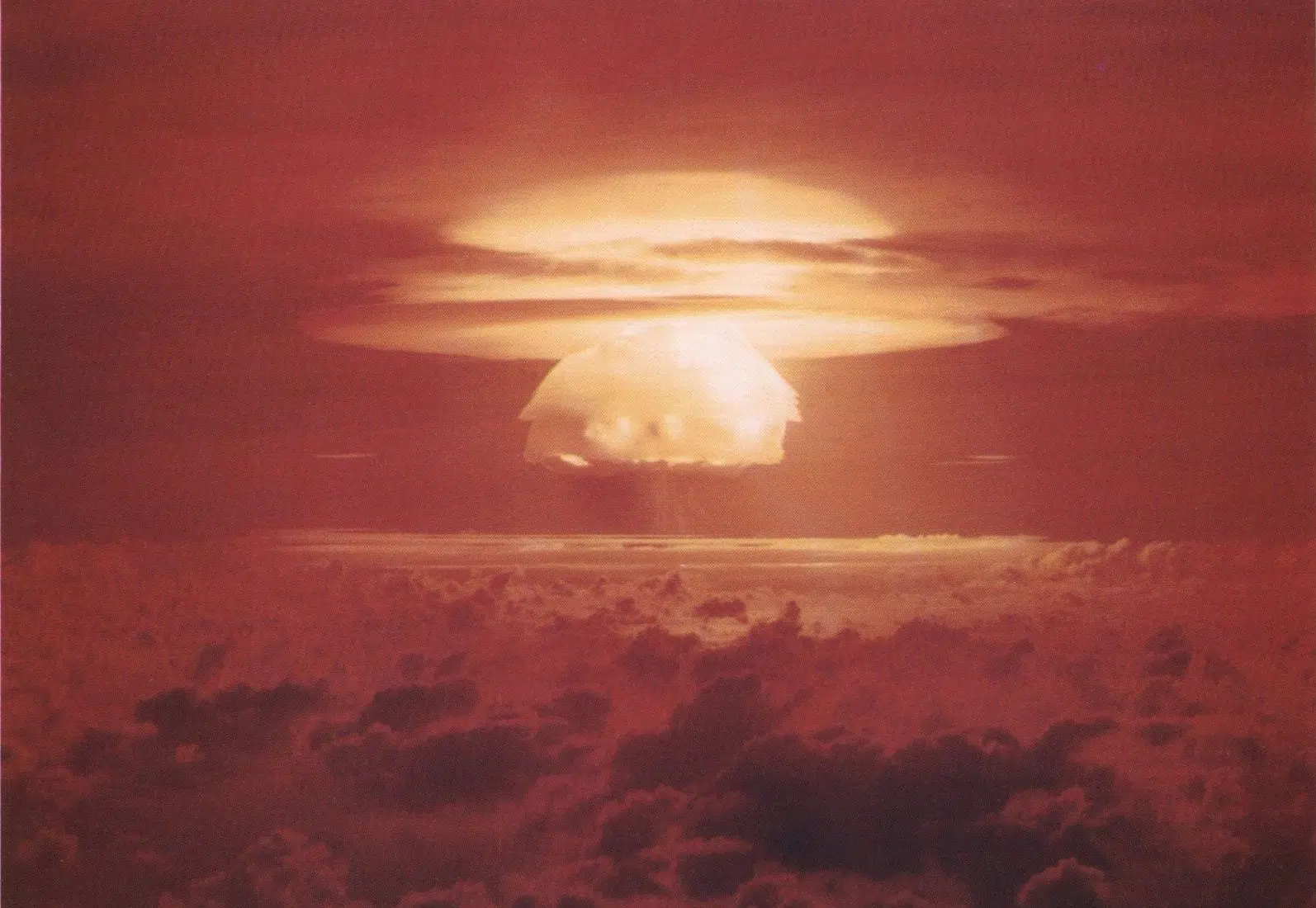
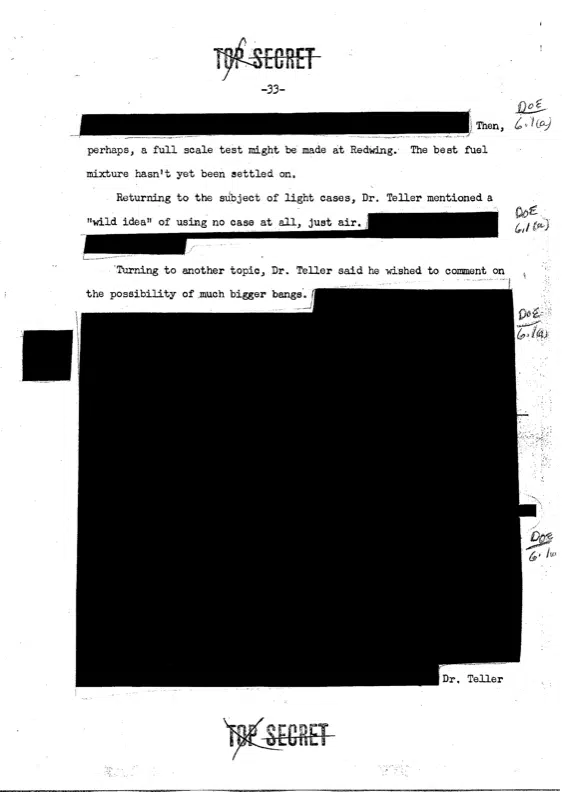
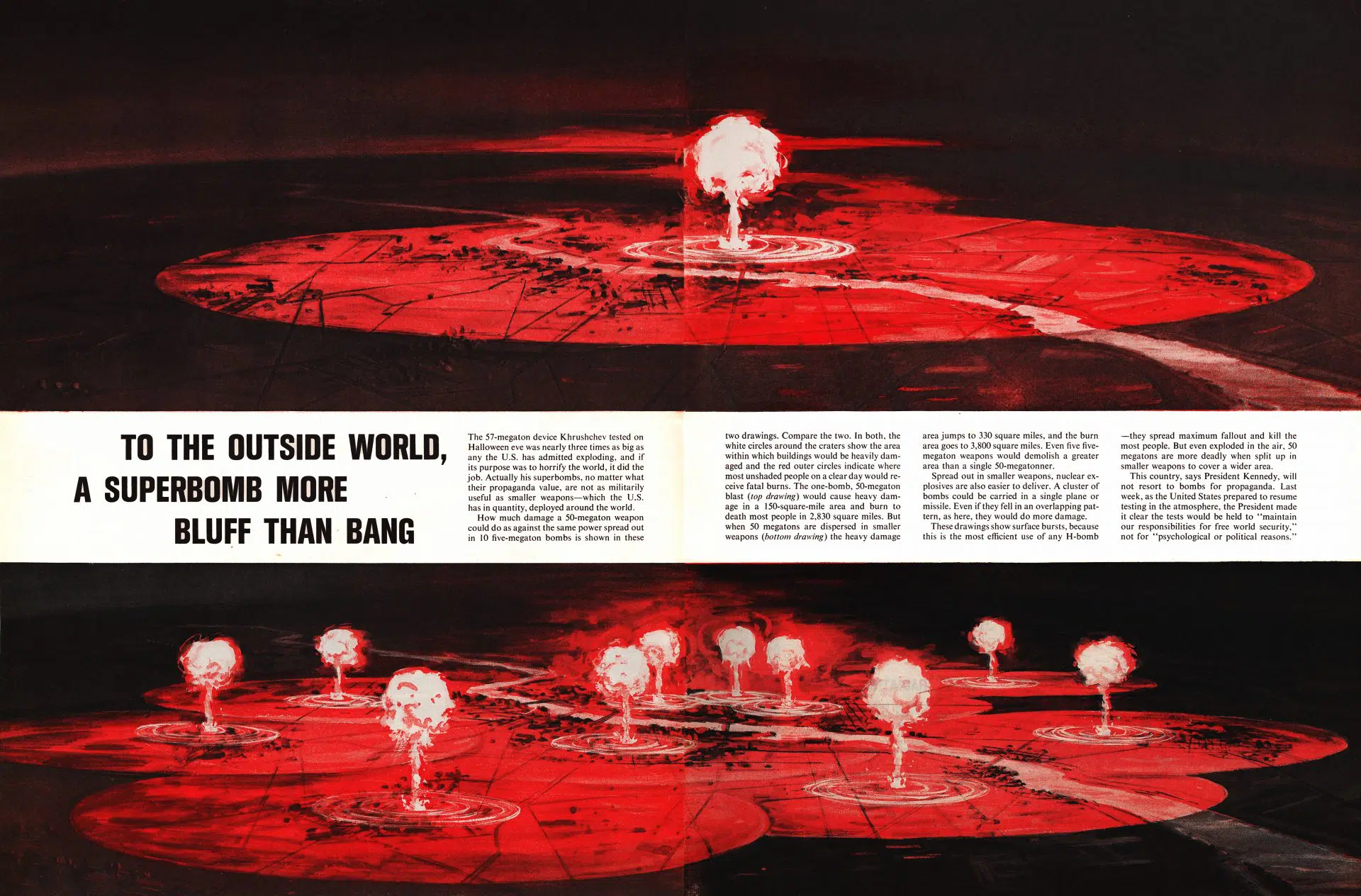
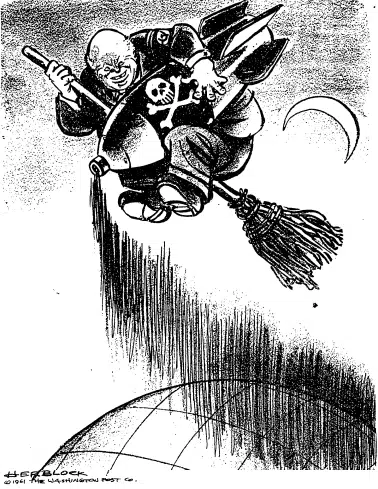
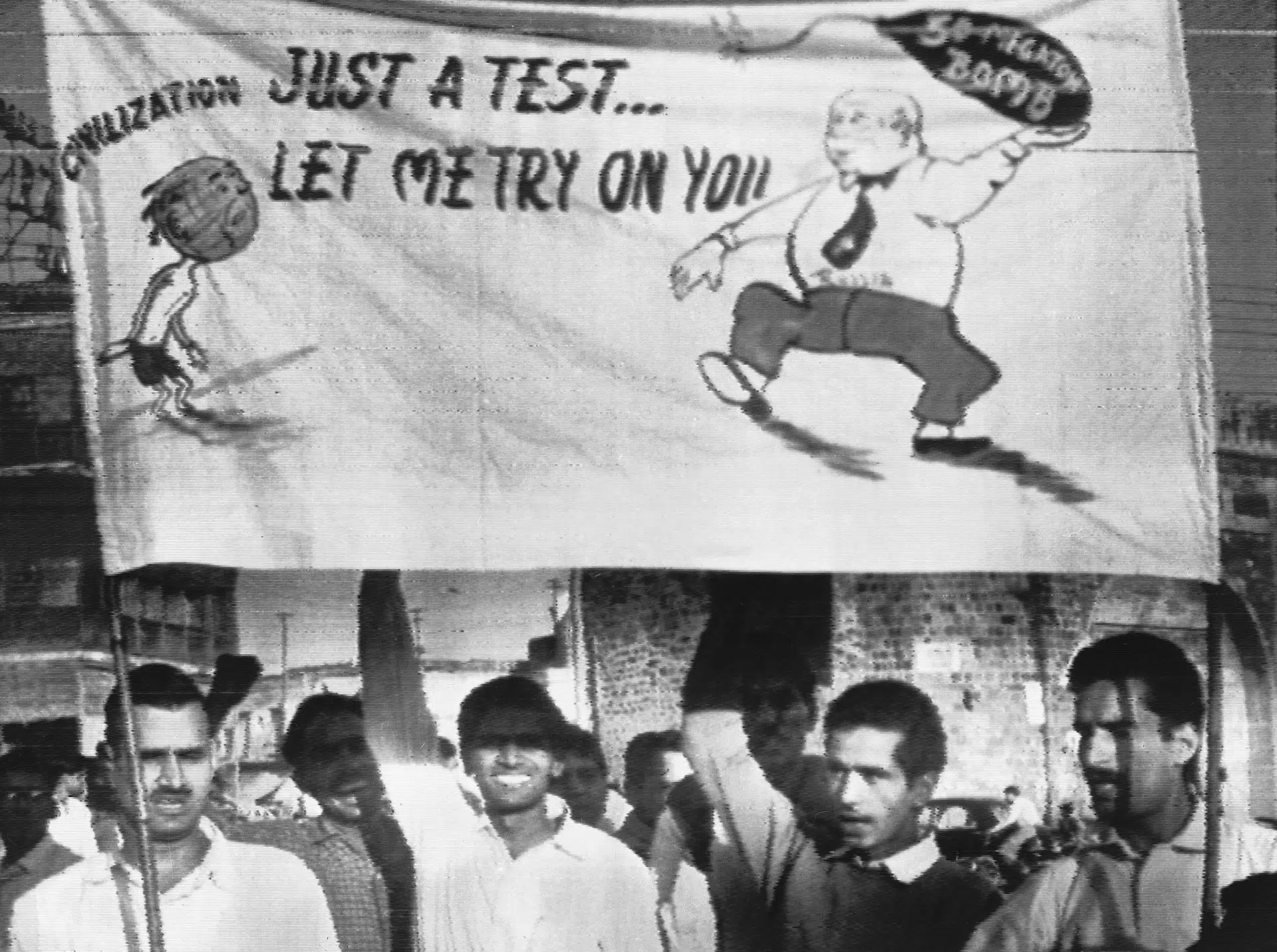
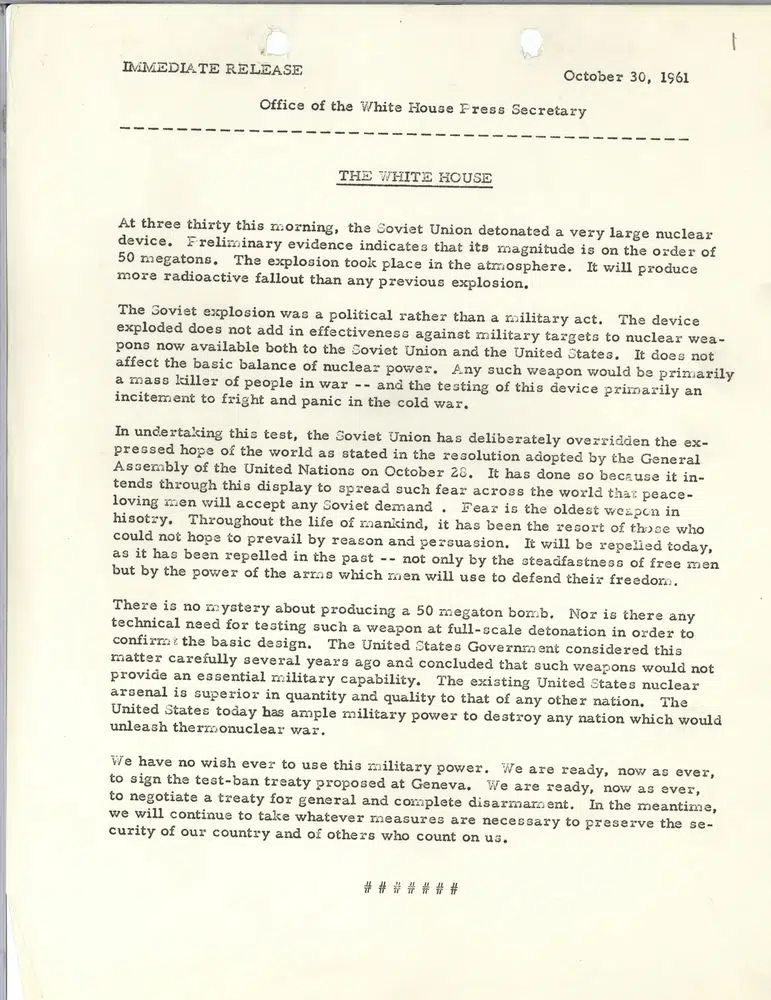
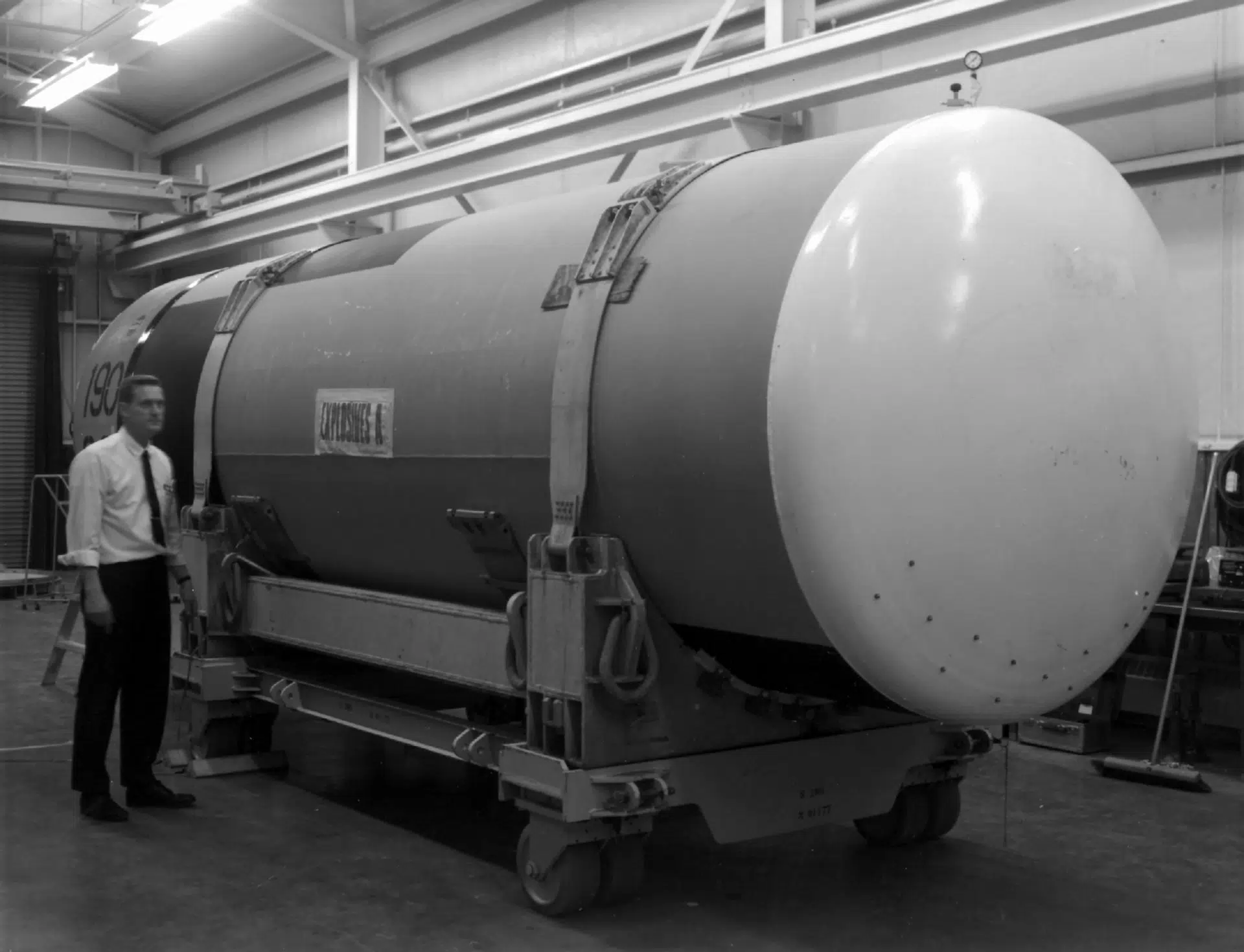
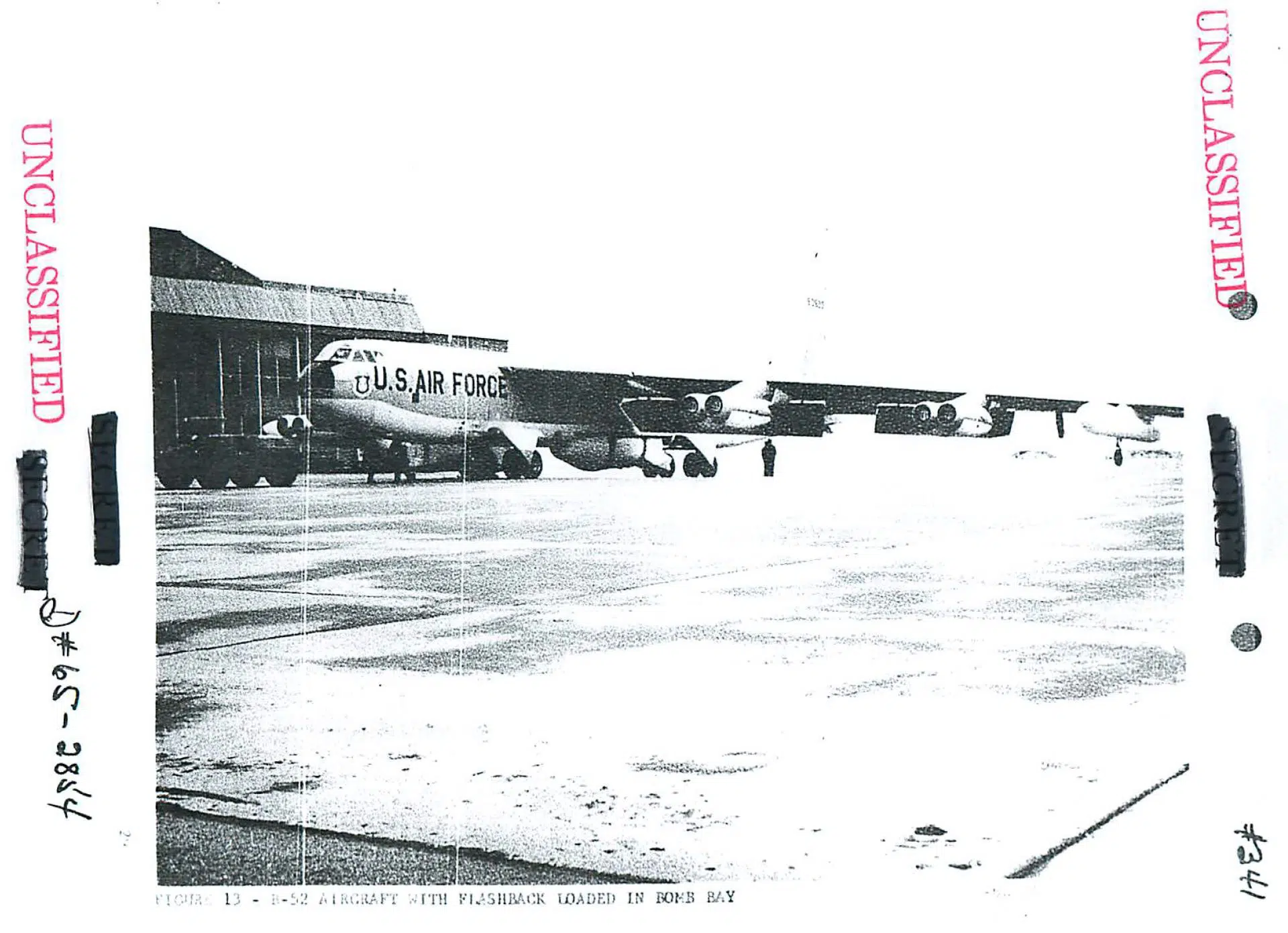
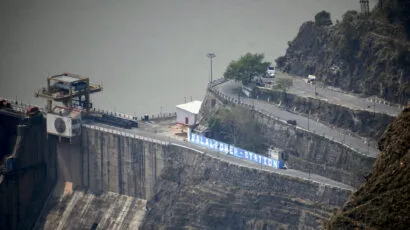
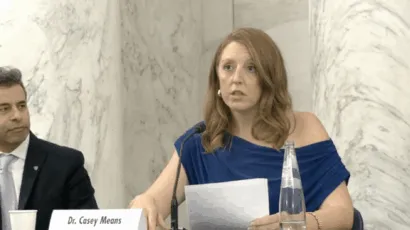
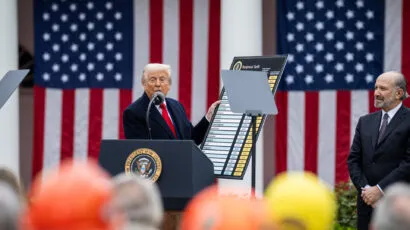
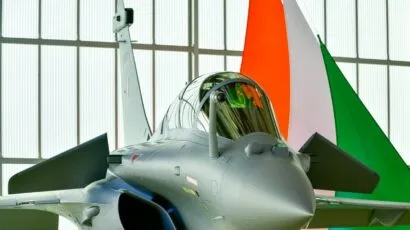
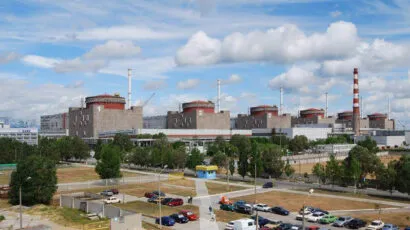
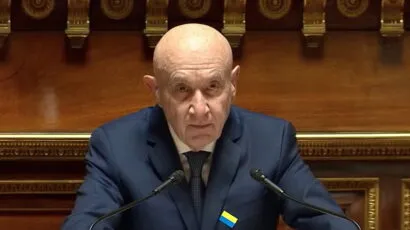
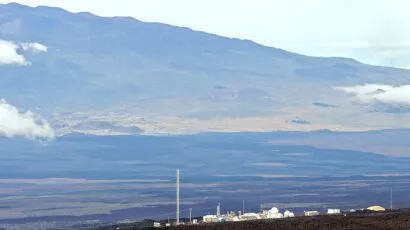
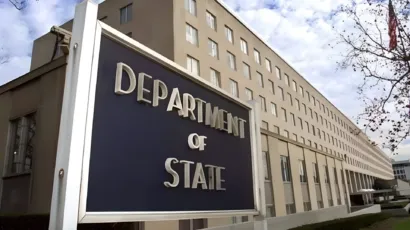
An fantastic photo-essay by Alex Wellerstein. Great photographs and size comparisons provided to assist all readers in understanding the size of thermonuclear weapons.
Small correction: “In other words, a 100-megaton explosion is only a little more than twice as damaging as a 10-megaton bomb.” Umm, no, four times. When you double the diameter of a circle, you quadruple the area.
When you double the radius of a sphere, you octuple the volume.
Remember, we’re not talking area of a circle or even surface area of a sphere (which goes up with radius squared; commonly used for amount of energy received by an antenna, etc).
Cube root of 10 is approximately 13/6. Which is a little more than 2x.
Radiation is exhibited as a surface phenomenon, ergo decreases as the inverse square. Blast damage is a three-dimensional phenomenon, ergo decreases as the inverse cube.
Brilliantly researched and written. Thank you for this
After reading this awesome piece, I wonder how we as a species have somehow managed not to obliterate ourselves and everything else on planet Earth for so long.But we’ll eventually succeed in the end.
Wonderful research but the political opinions are naïve and ignore a lot of tragic history that underscores the need for nuclear weapons. Nuclear weapons were initially used to successfully end a brutal war. Then as countries with imperialist ambitions developed nuclear weapons, the U.S. built its arsenal to counter the threat of their expansion. Contrary to the claims made here, that nuclear deterrent made the U.S., Western Europe, and every free nation stronger and safer and reduced the chance of nuclear weapons being used in war. Through much of the twentieth century the USSR and China expanded their oppressive socialist… Read more »
“Nuclear weapons were initially used to successfully end a brutal war.”
The revisionist theory (IMAO) is rather cogent, so I think the bombs had little to do W/ending the Japanese-USA war.
https://www.atomicheritage.org/history/debate-over-japanese-surrender
bc …. read the reason for bombing was to impress the Soviets.
One can argue a few mathematical errors or even political slants. Those are irrelevant to me compared to the wealth of info and research in this article. I can do the math and ruminate on my personal political views quietly and privately. This was a great read, informative and the accompanying photos and video pertinent. I pray that there will be a day that we can as one race of human beings move past the need for nuclear weapons, although I highly doubt that will happen. The 2 constants throughout human history, unfortunately, are our fascination with shiny things and… Read more »
A slight correction on General Curtis LeMay’s assignment during the Kennedy era. While as its commander LeMay formed SAC into the destructive force dependent on nuclear weapons that represented the apex of American early Cold War military power, he moved to Air Force headquarters as the Air Force Vice Chief of Staff in the second half of the Eisenhower administration, then was promoted to Air Force Chief of Staff in 1961. Professor Wellerstein’s thoughtful article is a stark reminder that the nuclear arms race was driven as much by irrational beliefs in the efficacy of nuclear power as it was… Read more »
Great article …great research. Very well done.
I sure learned a lot reading this.
Footage of the Tsar Bomba and detonation was shown on West German television back in the late ’80’s or early ’90’s, and was included in “Trinity and Beyond: The Atomic Bomb Movie” by Peter Kuran in 1995. Additionally, footage obtained by a Russian researcher was published on several websites decades ago (to include “Sonic Bomb”) showing their nuclear tests, which was rather interesting. The so-called “primary” shown in the Rosatom footage is not a primary device, it looks like fusing assembly for the radar. It is far too small to provide the energy to implode the mass for a 50… Read more »
Excellent article — well researched. Demonstrates the idiocy of using nuclear weapons, when all you need is nuclear weapons blackmail — see effects in Ukraine! Who is to be next?
I knew a retired SAC guy in the 80s who was at a north african SAC base at time of the Cuban crisis – the B47s there he said were all loaded w/M41s w/25 MT yields – targets were Moscow and Baku.
“The Untold Story…” Um, no. Just no. This story has been told many many times in the last 30 years. It is not untold and it is/was no secret. You could retitle this piece as “Latest clickbait story of Tsar Bomba”